How can cities best use technology and innovation to manage clean energy use? What is the role of households in the energy transition? And how can technology help address the water–energy nexus in cities? This chapter sheds light on the myriad of proven, frontier and horizon technologies – beyond solar photovoltaics – that serve as tools for aligning urban lives with sustainable energy systems.
Introduction
Energy consumption determined at the design stage
As major engines of growth, cities demand more energy than rural areas. Hosting little more than half of the world’s population, cities consume about 75 percent of global primary energy
The energy hierarchy emphasizes that our top priority should be to conserve energy and reduce demand. A crucial yet frequently neglected fact is that the greatest potential for energy demand management lies in the design phase. This applies to the planning of cities, the architecture of buildings and even the engineering of individual devices.
Hosting little more than half of the world’s population, cities consume about 75 percent of global primary energy
For instance, designing dense cities can significantly reduce travel time and fuel consumption. The concept of the “15-minute city,” where residents can fulfill most of their needs within a short walk or bike ride, has gained popularity in recent years. However, regional differences are stark, with pro-car policies often hindering progressive urban planning. In the United States of America, for example, driving accounts for 75 percent of household-level CO2 emissions, while dense cities with accessible public transport can nearly halve these emissions (
Where policy allows, growing cities can make use of the enabling technologies highlighted in this chapter to guide the development of more efficient cities – from road networks to public spaces and infrastructure. The chapter also highlights how water utilities can use technology to both conserve and recover energy, and how household energy usage can be managed by better building design choices and by deploying innovative devices, materials and software.
Digital solutions for visualizing and managing energy demand
A recurring trend for urban energy systems is the growing need to understand our energy consumption. From increasingly smarter and interconnected thermostats and meters at household level to sensors integrated in streetlights, technology is helping us visualize our consumption. This in turn has spurred the development of intelligent and automated systems that optimize our energy and fuel use, such as intelligent traffic systems and building energy management systems. Automation, rather than relying on behavior change, may in fact be the key to actual energy savings, as data visibility alone is not always enough to spur action (
The water–energy nexus in an urban context
The water–energy nexus (box 2.1) underscores the intrinsic link between water and energy, where technology plays a crucial role in addressing efficiency and climate change and sustainability challenges. Integrated management is gaining traction, as evidenced by technologies like air-to-water heat pumps and solar thermal collectors that provide both space and water heating. At household level, efficient water usage and innovative household appliances such as low-flow showerheads and leak detection sensors are low-hanging fruits that can significantly reduce both water and energy consumption, as can advances in wastewater treatment technologies and infrastructure improvements. Moreover, energy recovery from wastewater and on-site renewable energy systems are becoming viable options for many water utilities.
Policymakers and planners are increasingly focusing on exploiting these technological advancements to reduce energy use and enhance sustainability in the water sector, which is essential as global water and energy demands continue to rise. However, investing in clean energy solutions and introducing innovative technologies in public utilities is a challenge. Such organizations are generally risk adverse and have long buying cycles
Over the period to 2040, the amount of energy used in the water sector is projected to more than double. The largest increase comes from desalination, followed by large-scale water transfer and increasing demand for wastewater treatment (and higher levels of treatment). Electricity consumption rises by 80 percent by 2040. However, there is significant potential for energy savings in the water sector if all the economically available energy efficiency and energy recovery potentials in the water sector are exploited. Wastewater contains significant amounts of embedded energy that, if harnessed, could cover more than half of the electricity needs of municipal wastewater utilities. There is also a major opportunity to reduce water losses along the supply chain – from leaks, bursts and theft – which would save water and energy.
Energy-efficient appliances, machines and devices
The rapid expansion of energy-efficient appliances, machines, and devices is crucial for reducing global electricity consumption and thereby also greenhouse gas (GHG) emissions. Plug-in options, such as balcony-attached solar photovoltaics (PVs), are making it easier than ever to power the growing number of energy efficient household devices with renewable energy, regardless of the grid’s energy mix. In water utilities, cutting-edge motor technologies, smart interconnected pumps and efficient aeration processes have evolved significantly to optimize energy use.
Standards and labels, such as the European Union (EU) energy label and "ecodesign" requirements, have successfully promoted energy-saving household appliances in some countries. However, progressive legislative frameworks and policies on a global level play a crucial role in accelerating the adoption of best-available technologies, ensuring energy efficiency and sustainability across all the sectors covered in this chapter and beyond.
Energy recovery technically feasible but costly
Energy cannot be created or destroyed; it just changes form. In recognizing this first law of thermodynamics, innovators spanning various sectors have developed both simple and complex energy recovery methods. This chapter covers solutions ranging from hot shower water at household level to sewage sludge and wastewater. In fact, wastewater holds significant potential to generate numerous value streams from cellulose and bioplastics, biochar and fertilizers. Recent innovations, like microbial fuel cells for energy recovery from wastewater, are being explored but are not yet widely scalable. Many energy and resource recovery processes show potential but are yet far from the norm, often due to high investment and operational costs
Meanwhile, technologies such as kinetic energy harvesting from pedestrian movements further illustrate the diverse potential for energy recovery on even smaller scales. And there is a growing interest in exploring new sources of energy recovery in cities. Examples covered in this chapter include using waste heat from data centers, and pilot projects that recover heat from underground transport systems and harness energy from metro brakes to power electric vehicle (EV) charging stations.
Decentralized energy enables cities to go their own way
Technological innovation is crucial for enabling decentralized clean energy production. Initiatives supporting local energy generation empower residents to form energy communities, allowing them to collectively invest in renewable energy and enabling technologies like solar PVs, smart meters and energy storage systems. These communities facilitate a citizen-led energy transition, transforming household owners into “prosumers” who produce, use, store or sell electricity back to the grid. Despite legislative barriers, an increasing number of countries are adopting frameworks to support decentralized energy production. Technological advancements also play a pivotal role in integrating renewable energy into public spaces and transport systems, such as solar panels on novel surfaces. These innovations, combined with improved grid stability, energy storage solutions and smart grid technologies, are essential for maximizing the efficiency and impact of renewable energy sources, thereby supporting the transition toward a more sustainable and resilient energy system.
Smart energy in urban households
Households are fundamental pillars of the global energy landscape. Energy is essential for heating and cooling spaces, supplying water, lighting and cooking, and fulfilling numerous other daily needs. Growing consumer awareness has increased competitiveness on the market for innovative and low-carbon technologies, supported by legislation and standards to guide consumers toward real impact.
Technological developments and trends
Urban households can manage energy demand
While the manufacturing of building materials such as steel or cement is highly energy-intensive, about 85 percent of a building’s life cycle energy consumption occurs in the operational phase
Finding comparisons of energy use at urban household level between countries can be difficult, owing to differences in dwelling size, energy source and electricity access. Within countries, the relationship between income and energy use is complex and dynamic, impacting the quantity of energy used, how many appliances a household owns and their energy efficiency. While income and energy consumption are closely related at national level, several studies highlight a strong inverse relationship between household income and energy use, emphasizing the importance of global efforts to curb demand (
Technologies for urban energy access
Global energy access has improved significantly over recent years, but 760 million people still lack access to energy
Many slums have access to some level of electricity, but it is often unreliable, unsafe or unaffordable. Despite their relatively low energy consumption, these households often rely on firewood and kerosene for cooking and lighting, which pose significant health risks and adverse environmental impacts. The technologies outlined in Chapter 3 (Green rural energy solutions) highlight technological solutions to address these challenges such as clean and efficient cookstoves, distributed renewable energy, solar lanterns and combined toilet and biogas solutions.
Space heating and cooling account for most global household energy use
Heating and cooling is the largest energy end-use
In 2020, greenhouse gas emissions from space cooling and refrigeration accounted for over 10 percent of global emissions
In 2020, greenhouse gas emissions from space cooling and refrigeration accounted for over 10 percent of global emissions
Households’ ability to influence technology choices can also differ vastly. In apartment buildings with central heating and cooling systems, residents have limited influence over the energy sources utilized and the technologies that deliver these services. Further, households’ energy usage and carbon emissions are heavily dependent on choices made during design and construction phase of the building, such as insulation, heat-storing abilities (thermal mass) of walls and floors, and orientation for optimal passive solar heating and cooling.
Good design and insulation are essential, and digital tools and software can help simplify such design choices. However, installing efficient ACs and heat pumps for space (and/or water) heating and cooling can have a massive impact on a household’s carbon footprint. The most efficient ACs are more than 30 percent more efficient than average ACs on the market
For a closer look at the range of proven and innovative heat pumps, insulation and other technologies for efficient heating and cooling in cities, see the Green Technology Book edition on climate change mitigation, accessible here.
Greening and conserving household water use
There is a growing trend toward integrated management of water and energy, as the two are intrinsically linked
Technologies that heat space and water are often linked, such as air-to-water heat pumps that can provide both space and water heating for radiators or underfloor heating systems. Solar thermal collectors placed on roofs of single and multi-family houses are a common option where there is abundant sunshine and high demand for hot water. These collectors can channel hot water to bathrooms and kitchens, but also be combined with heat pumps for space heating. Not all heat pumps are designed to serve taps and showers, as hot water for these must be accessed immediately on demand, in contrast with space heating. However, by adding storage tanks, heat batteries or hybrid heat pumps (which use both electricity and back-up energy sources such as a gas boiler), hot water can be provided more quickly.
Decarbonizing household water supplies is essential. Additionally, significant energy savings can be achieved through efficient water use, as municipal wastewater plants can consume up to 2 kWh of energy per cubic meter of treated water
While consumer awareness of such functionalities is important, willingness to pay for more advanced and efficient appliances is driven more by potential cost savings over time than an interest in technical features or sustainability. For instance, a survey of 1,400 urban households in Ethiopia found that 86 percent of households were driven by reduced energy expenditures when considering energy-efficient technologies and energy conservation activities, while only 12 percent did it out of concern for the environment
Many low-hanging fruits for household water savings
Beyond energy- and water-saving dishwashers and washing machines, households often overlook simple and available solutions for efficiency. Readily available low-flow showerheads can halve the energy consumed compared to an old showerhead, without sacrificing pressure
Another simple solution is sensor-based leak detection devices that can be attached to appliances such as washing machines and send alerts to your smartphone. However, the use of such electronics can often be avoided by simply inspecting leaks visually or listening to dripping sounds. Regardless, these technologies are only a selection of the options available to complement water-saving user behavior in households.
Currently, such choices are far from being standard, with many households experiencing barriers such as high up-front costs and lack of information and incentives. Here, subsidies, bans on inefficient technologies and information campaigns can have a positive influence on the adoption of energy-efficient and water-saving technologies
Energy-saving household appliances
The market for consumer products geared toward energy efficiency is expanding rapidly. Legislative frameworks, such as the EU energy label, minimum energy performance standards (MEPS) and “ecodesign” requirements, have demonstrated success in promoting the replacement of everyday electric appliances in some countries. While exact figures are challenging to gather, adoption rates still remain limited on a global level, and small appliances and consumer electronics continue to be unregulated in most countries
With the growing global demand for residential appliances, stringent policies are necessary to incentivize the adoption of best-available technologies and reduce overall electricity consumption. For instance, the best-available fridge-freezers consume 60 percent less electricity than comparable less modern products. As demand for residential refrigerators increases, their electricity consumption will continue to grow; according to some estimates by over 53 percent until 2040
Many household technologies are plug-in options and easily adopted, such as smart chargers and automated timers and dimmers. Advanced power strips with built-in features reduce energy use from consumer electronics and stop them from drawing power when they are switched off. Such “phantom loads” have been estimated to cost American households billions of dollars’ worth of electricity annually
For cooking, gas remains prevalent in urban households in developing countries
LED lights – a global success story
The development and large-scale adoption of light-emitting diode (LED) lamps is a well-known success story, with residential sales rising from 5 to 50 percent between 2013 and 2022
The development and large-scale adoption of LED lamps is a well-known success story, with residential sales rising from 5 to 50 percent between 2013 and 2022
Other areas of technological development include smart LED lighting that can be controlled remotely through mobile apps or automated through integration with other home systems for more efficient energy management. Micro-LED displays, composed of tiny LEDs, have emerged to reduce energy consumption of TV screens. Further efficiency gains are expected from white organic LEDs (OLEDs), given their ability to emit light over a large surface area without the need for additional filters and optics. They are composed of thin organic materials that emit light when an electric current is applied to them. Interesting advances are also seen in direct current (DC) lighting, that could ultimately reduce conversion losses from alternating current (AC) to DC necessary for LED lights.
Thermostats’ impact hindered by user behavior
A simple thermostat can monitor a household’s temperature and regulate heating and cooling. However, the technology is experiencing significant evolution. With the advent of artificial intelligence (AI), sensors and algorithms, intelligent thermostats available on the market today can perform a range of services such as energy consumption monitoring, remote control and demand predictions that help turn data into energy-saving action. This is often enabled by wireless connectivity and internet of things (IoT) technologies which allow for easy control through smartphone apps.
In terms of energy savings, the usefulness of thermostats is strongly linked to user behavior. In a simulation study, thermostats that adapt to the occupancy of residents were shown to save between 11 and 34 percent of energy without significant impacts on thermal comfort
Further, an OECD survey reported that 52 percent of households using smart meters do not actually use the information provided to help them optimize energy use, suggesting more work is needed to address behavior change in unison with technology adoption
Unlocking the potential of integrated smart home systems
While the challenge of influencing sustainable user behavior deserves attention, thermostats have continued to develop even further, with some devices able to integrate with other smart home systems. Integrated systems enable other building systems such as heating, cooling and ventilation (HVAC), advanced sensors and lighting to communicate with each other to enhance performance and save energy. With the growing adoption of renewable energy technologies and decentralization of energy systems in urban areas, integration is even possible with solar panels and mini-grid systems to best balance energy use through demand–response programs and home energy management systems.
However, such smart and integrated systems are far from being widely adopted. While they have potential for energy optimization in residential buildings, they are still more common in commercial buildings. Yet, only 1 to 2 percent of US commercial buildings have advanced lighting controls
Technologies supporting urban energy communities and “prosumers”
Inhabitants of a residential building rarely have a say in the type of energy used to produce electricity, even though 39 percent state they would be interested in a renewable option if this was available to them
By forming energy communities to adopt renewable energy technologies and to retrofit buildings, household owners can become “prosumers” of energy rather than mere consumers
By forming energy communities to adopt renewable energy technologies and to retrofit buildings, household owners can become “prosumers” of energy rather than mere consumers. Prosumers are also called active consumers or renewable energy self-consumers. While legislation presents barriers in many places, more countries are catching up with citizen’s demands to produce their own decentralized energy and use, store or sell that electricity back to the grid. Technologies that enable these activities typically include solar PVs, smart meters, energy storage systems, DC nanogrid systems and energy community management platforms
Innovation examples
Germany’s solar balcony revolution
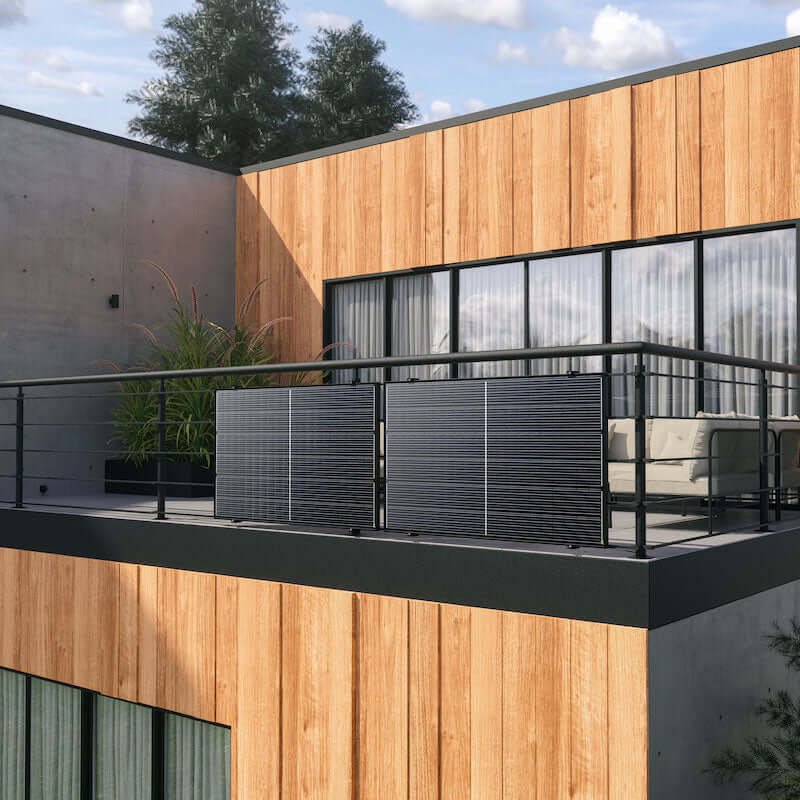
In Germany, a trend has emerged where individual apartment dwellers can easily purchase and set up small solar power plants on their balconies or terraces without requiring permits or installation by a tradesperson. Dubbed "Contracting type," these installations are available in retail outlets such as supermarkets, and consist of just two solar modules and a microinverter that can simply be plugged into an electric outlet (see technology example PluginEnergy). Owners must consume all generated electricity themselves, as it cannot be sold back to the grid. Despite their modest capacity of typically up to 600 W, they can power appliances like small refrigerators, laptops and routers. At current price levels, the payback time for such an investment can be more than six years, but it is seen as an important tool in mobilizing urban residents in the energy transition. And the collective power of these installations contributes to Germany’s renewable energy goals and reduces dependence on fossil fuels. In 2021 alone, between 140,000 and 190,000 units were sold, totaling a capacity of around 60 MW
Energy-efficient injera stoves

Injera stoves are traditionally used in Ethiopian and Eritrean households for cooking injera, a staple food in the region. While traditional injera stoves are often inefficient and contribute to indoor air pollution, there have been efforts to develop and promote energy-efficient alternatives. In Ethiopia, the Ethiopian Rural Energy Development and Promotion Center (EREDPC) and various non-governmental organizations (NGOs) have collaborated to introduce energy-efficient injera stoves that are designed to reduce fuel consumption, minimize indoor air pollution and improve cooking efficiency. One notable project involved the dissemination of “Mirt” stoves, which are designed specifically for cooking injera. The Mirt stove incorporates innovative features such as insulated cooking surfaces, improved combustion chambers, and chimney vents to enhance heat retention and airflow, resulting in more efficient combustion of biomass fuels. The implementation of Mirt stoves was accompanied by community training programs to educate households on proper stove usage and maintenance practices
Building–vehicle integration in Chinese cities
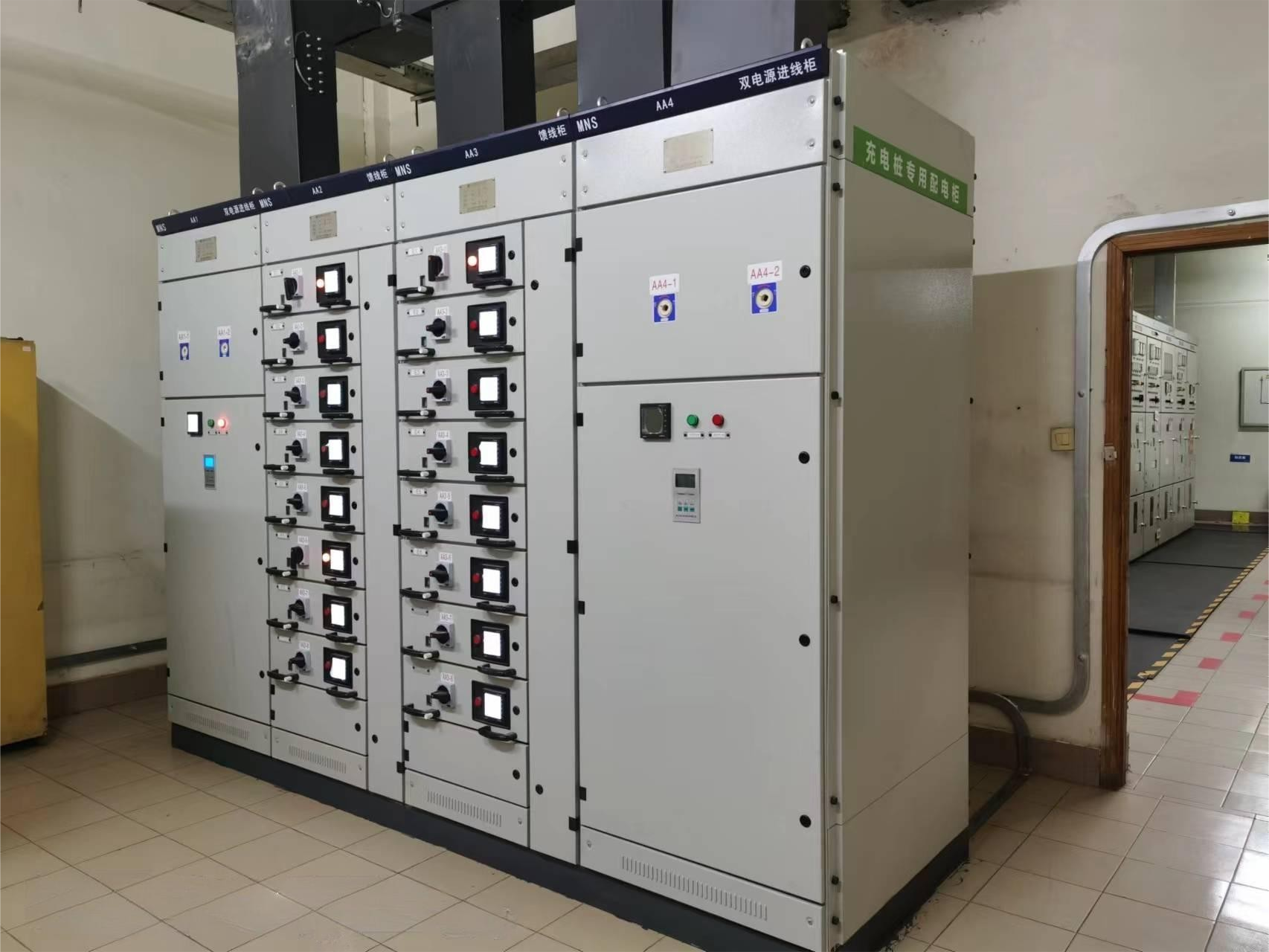
China’s rapid adoption of EVs has placed it at the forefront of global efforts to transition to greener transportation. As of 2022, nearly a quarter of all new cars registered in China were electric or plug-in hybrids, outpacing Europe and the United States. This surge is driven by ambitious government policies, including a five-year plan aiming for 2 million EVs on the road by 2025. However, this swift growth presents challenges, particularly in residential areas where charging infrastructure is often inadequate. In Beijing, a local property management company faced a significant challenge at one of their locations at Yuanda Park, where just 30 charging units served 400 parking spaces across 600 households. The company needed a scalable solution to accommodate the growing demand for EV charging without overloading the existing power grid. Partnering with Beijing ShijiYunan New Energy Co., Ltd, they implemented an innovative technology that optimizes power distribution within the building. Their platform integrates charging piles with the building’s existing power load, allowing for real-time adjustments and efficient energy use without requiring costly grid upgrades. Facilitated by the WIPO GREEN China Cities Acceleration Project, this solution has already shown promising results at Yuanda Park, demonstrating the potential for broader adoption both in China and globally.
Technology solutions
Proven technologies
Energy efficiency: energy-saving water heat pump
Guangdong PHNIX Eco-energy Solutions Ltd.
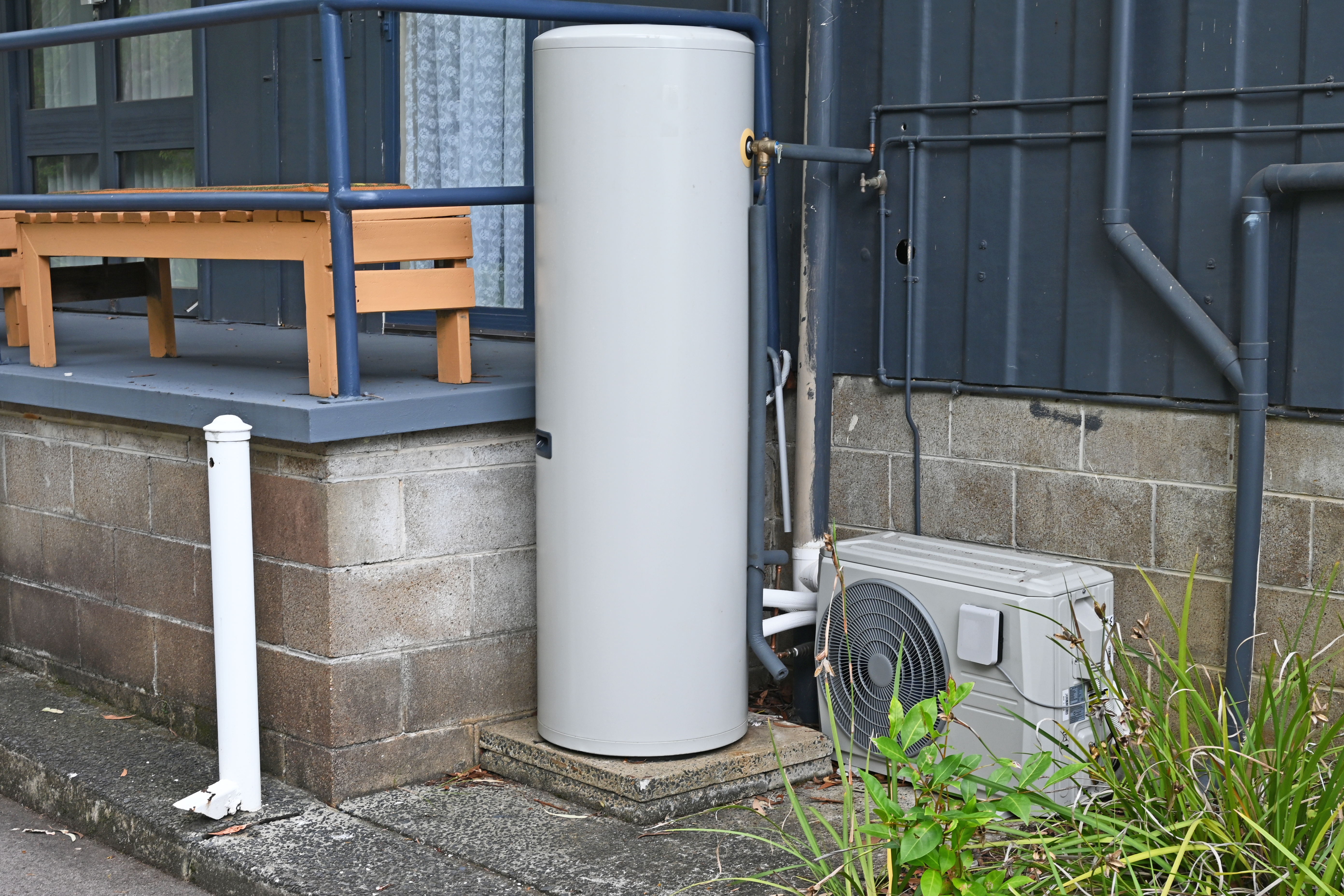
The “all-in-one” hot water heat pump is an energy-efficient domestic heat pump which can provide stable and reliable hot water with lower energy costs. The PHNIX R290 hot water heat pump with smart grid (SG) functionality uses smart meters to receive signals from power companies, allowing them to operate during times of low-cost energy and avoid high-cost periods. The heat pump uses a natural refrigerant with low global warming potential (GWP) and is compliant with EU standards for energy efficiency.
Contracting type: For sale
Technology level: Medium
Country of origin: China
Availability: Worldwide
Contact: WIPO GREEN Database
Energy efficiency: smart thermostat for water-based heating systems
Ngenic

Ngenic Tune is a smart thermostat for household use which consists of three digital components that gather information on weather, indoor and outdoor temperature, humidity and sunlight. The data enable optimization of your home’s heating system according to a preferred preset temperature entered into an app. The app also makes it possible to plan energy savings while you are on holiday and restore it automatically upon return.
Contracting type: For sale
Technology level: Medium
Country of origin: Sweden
Availability: Worldwide
Contact: WIPO GREEN Database
Energy efficiency: ultra-efficient LED lighting
Philips
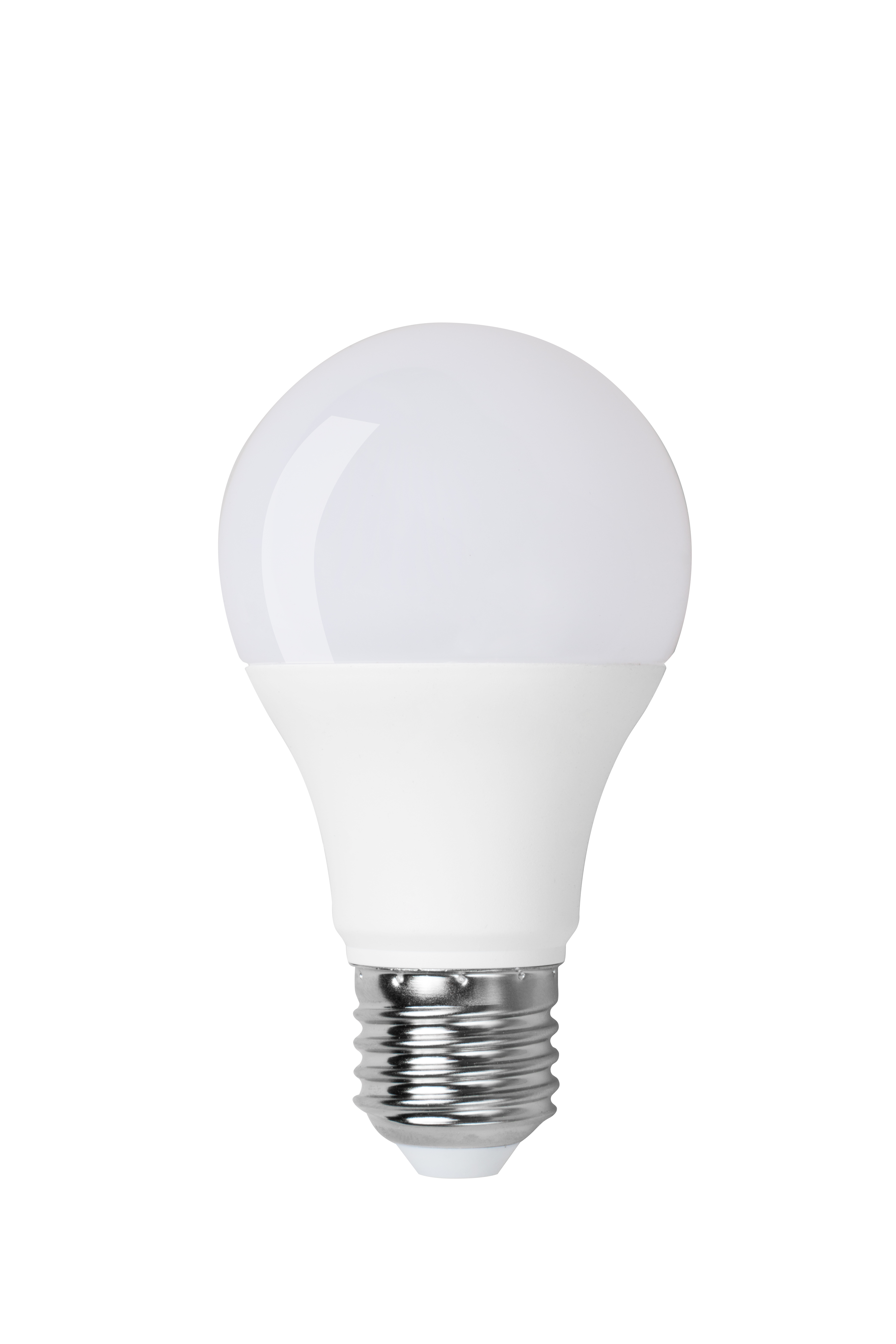
Philips ultra-efficient LED light series claims to consume around 40 percent less energy than conventional LED bulbs and were the world’s first commercially available 200 lm/W LED lamps. Lumens per watt is a useful metric to compare the brightness of a light bulb to its energy consumption, with a higher value indicating greater efficiency. Typical LEDs perform at around 85 lm/W, while typical incandescent lights are around 16 lm/W. Further, the lifespan of the ultra-efficient LED lamps is 3.5 times longer than conventional LED lamps. These lamps were previously known as the Dubai Lamp, as it was developed in collaboration with the Dubai Municipality where it was previously exclusively available.
Contracting type: For sale
Technology level: Medium
Country of origin: The Netherlands
Availability: Worldwide
Contact: WIPO GREEN Database
Energy efficiency: tumble dryer with heat pump technology
Gorenje
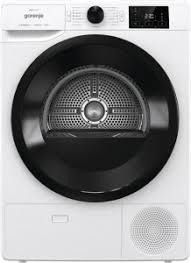
The most energy-efficient way to dry clothes is by simply hanging them up to dry. But for households that have space limitations or prefer the use of a tumble dryer, heat pump tumble dryers can save up to 50 percent energy compared to conventional dryers by way of heat recovery. Heat is extracted from the air within the drum and transferred to a condenser. Here, a refrigerant is compressed, causing it to release heat which is then used to warm incoming air. Operating under lower temperatures, the wear- and-tear on clothes is also lower.
Contracting type: For sale
Technology level: Medium
Country of origin: Slovenia
Availability: Worldwide
Contact: WIPO GREEN Database
Energy generation: balcony plug-in solar modules
PluginEnergy
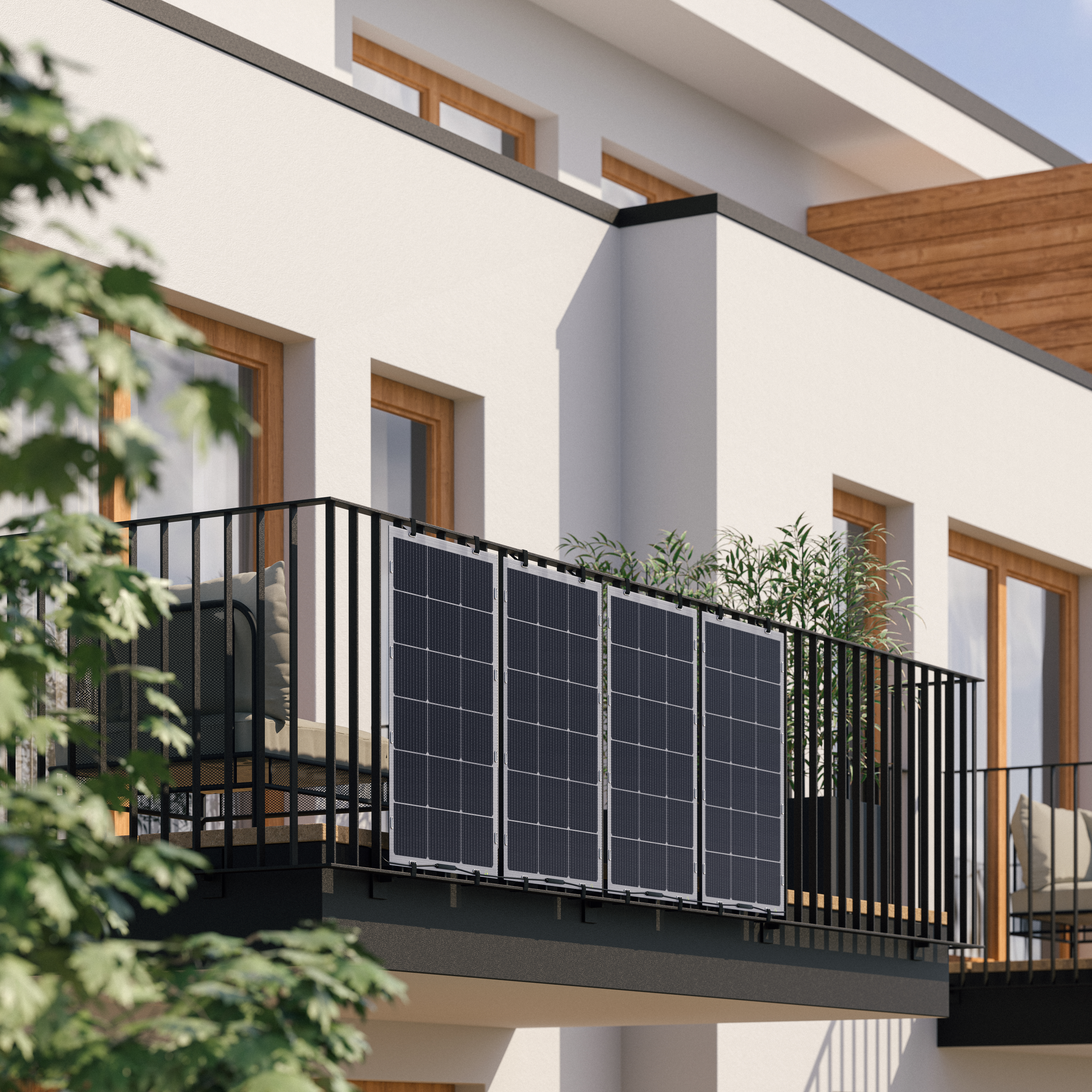
PluginEnergy provides balcony power plants in the form of plug-in solar modules. The products consist of combined solar modules and an inverter that allows you to plug the system into a wall outlet. Specially developed brackets, which can also be customized, allow you to hang the solar modules from a balcony railing. Up to four solar modules can be combined totaling around 600 W. Different products are available depending on the household’s energy consumption, to cover power needs such as refrigerator, WiFi routers, laptops and microwaves.
Contracting type: For sale
Technology level: Medium
Country of origin: Germany
Availability: Germany, Austria
Contact: WIPO GREEN Database
Energy generation: non-electric slow cooker
Wonderbag

The Wonderbag is a non-electric slow cooker shaped like a thick textile jacket that is wrapped around pots of food. Food is first heated on a stovetop to reach desired cooking temperature. The food is then transferred to the Wonderbag where the insulating material traps the heat from the pot for as long as possible in order to slowly cook the food. Heat can take up to eight hours to dissipate completely, which is very beneficial in a context of soaring energy prices and carbon emissions.
Contracting type: For sale
Technology level: Low
Country of origin: United Kingdom
Availability: Worldwide
Contact: WIPO GREEN Database
Frontier
Energy efficiency: AI-enabled intelligent thermostat
Ecobee

Intelligent thermostats are more advanced versions of smart thermostats, making use of AI, sensors and machine learning algorithms. In addition to monitoring and controlling temperatures, they can also analyze energy consumption patterns, resulting in further optimization and energy savings. Ecobee’s ECO+ thermostat consists of five different features including detection of fluctuations in indoor humidity, a scheduling assistant and an automatic detection of when you are not at home, adjusting temperature and saving energy. In addition, intelligent precooling and preheating targets times during the day when electricity is less expensive, and reduces heating and cooling when electricity is costlier.
Contracting type: For sale
Technology level: High
Country of origin: Canada
Availability: Worldwide
Contact: WIPO GREEN Database
Energy efficiency: glass coating on windows to filter solar radiation
FUMIN CO., Ltd.
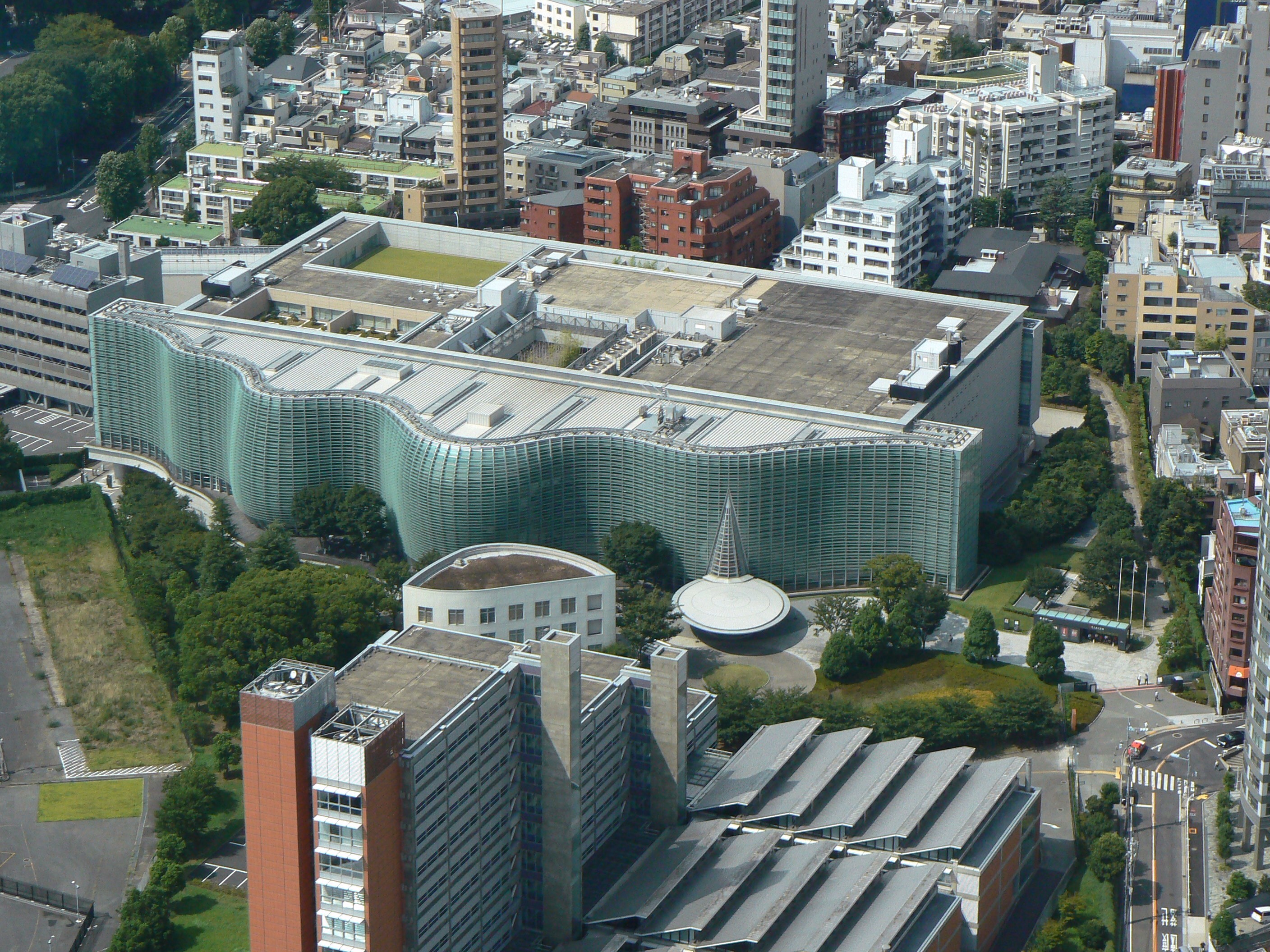
Households often overlook window insulation, although there are many accessible solutions available on the market in the form of thermal windows, spray foam, films, thermal curtains etc. A new patented innovation developed by FUMIN CO., Ltd. is a film that is applied using a spray gun. It forms an even layer of conductive metal oxide on the glass surface which absorbs and blocks infrared and ultraviolet rays, reducing the need for cooling on hot days.
Contracting type: For sale
Technology level: Low
Country of origin: Japan
Availability: Worldwide
Contact: WIPO GREEN Database
Energy efficiency: aerogel additives to give insulating properties to roofs, floors and panels
Svenska Aerogel

Aerogels are a type of synthetic porous material derived from a gel. Air bubbles are captured in the gel material, giving them low density and low thermal conductivity, and thereby good thermal insulation properties. Silica aerogels are the most common type of aerogels. They can for instance be reinforced with fiber to create insulation boards that can reduce thickness by about 50 percent compared to conventional materials, making them suitable in dense urban areas. Swedish company Aerogel has developed the novel material Quartzene®, a variation of the classic aerogels which can be applied as an additive to give materials thermal insulating and energy saving properties. The porosity of the material creates an effect known as the Knudsen effect, in which air molecules collide with the pore wall instead of other air molecules, resulting in a highly insulating effect.
Contracting type: For sale
Technology level: Medium
Country of origin: Sweden
Availability: Europe, Asia, North America
Contact: WIPO GREEN Database
Energy efficiency: water-and energy saving shower sensor
Aguardio

Danish company Aguardio has developed sensors that are easily installed in bathrooms to help monitor leaking toilets and save energy and water from showers. Up to 30 percent of hot shower water can be saved using smart IoT sensors. The sensors can be easily installed without any need to change existing bathroom fixtures. They can integrate with smart building systems and send data to an online cloud using mobile phone networks. Making the data visible also creates a gentle nudging effect toward behavioral change. The solution can be of particular interest for housing complexes, lowering utility costs for tenants.
Contracting type: For sale
Technology level: Medium
Country of origin: Denmark
Availability: Denmark, United Kingdom
Contact: WIPO GREEN Database
Energy efficiency: battery-connected induction stove
Channing Street Copper

Induction stoves are up to three times more efficient than gas stoves, and up to 10 percent more efficient than conventional electric units. However, switching from a gas stove to an induction stove can require costly installations and wiring, as induction stoves use high power intensity not provided by normal domestic power outlets. This solution adds energy storage to induction stoves to enable them to more easily adapt to existing infrastructure. The stoves can load up on ordinary power supply continually over time, then tap into their battery power to deliver the surges needed for high-intensity cooking. This dynamic is similar to how electric-vehicle chargers are paired with batteries. Overcoming the barrier of costly installations can enable more homeowners to switch to efficient stoves.
Contracting type: For sale
Technology level: Medium
Country of origin: United States
Availability: United States
Contact: WIPO GREEN Database
Energy efficiency: DC lighting
Microsens
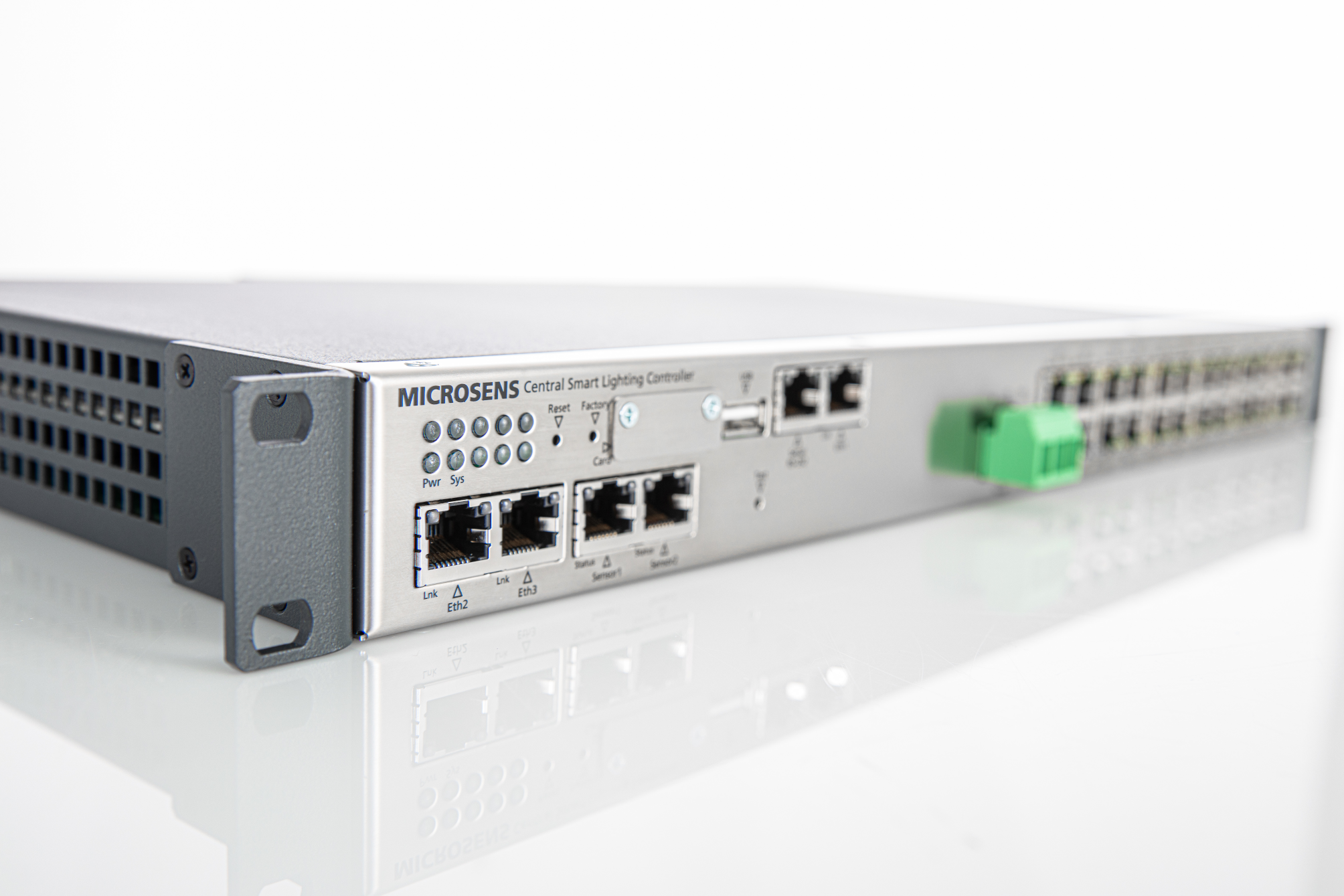
DC lighting refers to lighting systems that use a DC electrical supply, which may or may not involve LEDs. As power grids distribute AC, most power outlets will provide AC. This means LED fixtures and other appliances that use DC such as microwaves need to convert AC to DC. During such conversions, energy can be lost in the form of heat. If LED lighting could be supplied with DC directly, inefficient AC to DC conversions could be avoided. Microsen’s DC Smart Lighting System is a central smart lighting controller which can convert AC to DC and control up to 24 connected LED lamps. The system has the added benefit of being able to connect to sensors to receive input signals related to brightness, presence, temperature and humidity. Being connected to a data network, it integrates with other building systems such as HVAC.
Contracting type: For sale
Technology level: High
Country of origin: Germany
Availability: Worldwide
Contact: WIPO GREEN Database
Energy efficiency: tailor-made insulation panels
Ecoworks

A German startup has developed an insulation technology that provides tailor-made insulation panels that wrap around old buildings like a second “skin,” reducing heating bills and GHG emissions. The company uses laser scanning technology to first create a digital twin (virtual model) of the building. Prefabricated panels are then made of wood, with cellulose used for the insulation. The total installation process can take as little as three weeks.
Contracting type: For sale/service
Technology level: High
Country of origin: Germany
Availability: Germany
Contact: WIPO GREEN Database
Horizon
Energy efficiency: shower tray energy recuperator
Cerian Shower LS
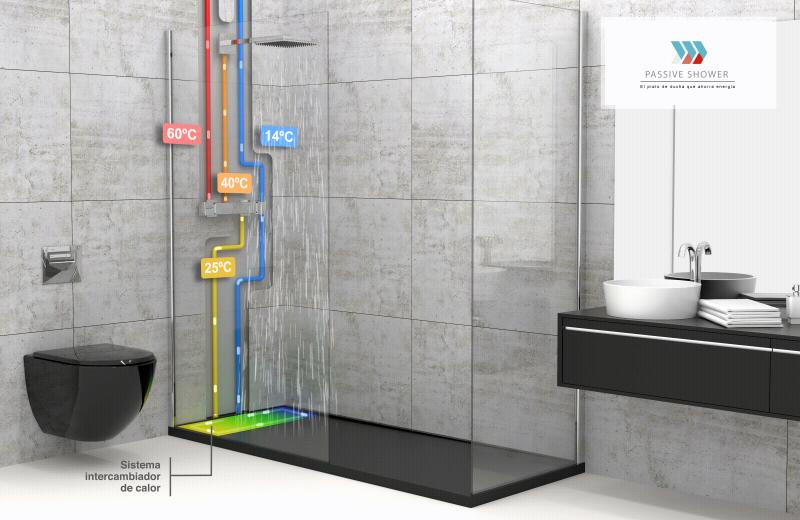
A shower tray can help direct the flow of water to the drainage point in your bathroom. Cerian Shower LS has developed an innovative shower tray which not only directs water, but also helps recuperate up to 40 percent of the energy used to warm up the shower water through a simple heat exchanger in the shower tray. As heated water from the shower passes over the heat exchanger, it heats up fresh cold water to 25 degrees Celsius. The water then mixes with even hotter water from the network to produce a final comfortable temperature for use in the shower. The shower tray can be easily installed during new construction or renovations.
Contracting type: Under development
Technology level: Medium
Country of origin: Spain
Availability: N/A
Contact: WIPO GREEN Database
Energy efficiency: a fridge powered by magnets
Camfridge
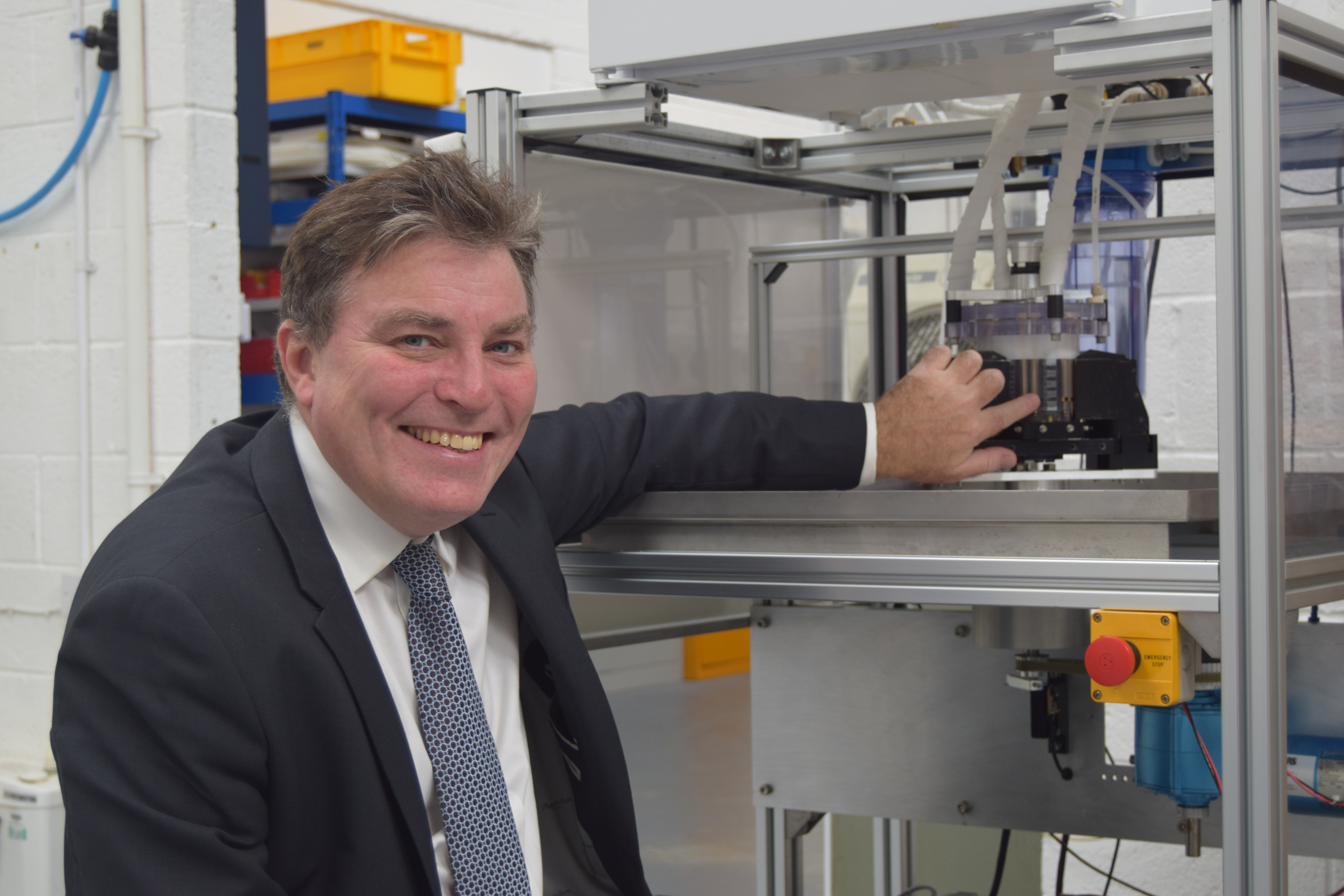
Magnetic cooling technologies have been the interest of researchers for quite some time, driven by a need to reduce energy consumption and phase out refrigerants. Camfridge is a private company founded at the University of Cambridge, which has invested over USD 19 million in the development of magnetic cooling technology. The company has now developed a simple, low-cost magnetic cooling system which consists of a solid-state magnetic chiller, heat exchangers and natural fluids for transporting heat. This avoids the need for harmful refrigerant gases. While the company currently collaborates with large end-users, the concept itself has so far been tested on a standard mass-produced fridge cabinet.
Contracting type: Under development
Technology level: High
Country of origin: United Kingdom
Availability: N/A
Contact: WIPO GREEN Database
Energy efficiency: hot water storage for showers
Heaboo

The Hoterway is a thermal battery that acts as a heat exchanger. It enables hot water to be available from the taps instantly, reducing wait time and associated water waste. It uses a phase-change material that instantly releases heat to the piped water as it transitions from liquid to solid. Once hot water (≥50 ºC) arrives from the central or district heating unit, the process reverses, and the thermal battery material returns to its liquid, energy-storing phase. The heat preservation system experiences less than 20% heat loss over 24 hours. This is a completely reversible physical process, ensuring that the equipment does not degrade over time. The battery has a guaranteed lifespan of 20 years.
Contracting type: N/A
Technology level: High
Country of origin: Portugal
Availability: Portugal
Contact: WIPO GREEN Database
Energy generation: Perovskite solar cells for housing
Mitsui Fudosan Residential Co., Ltd.
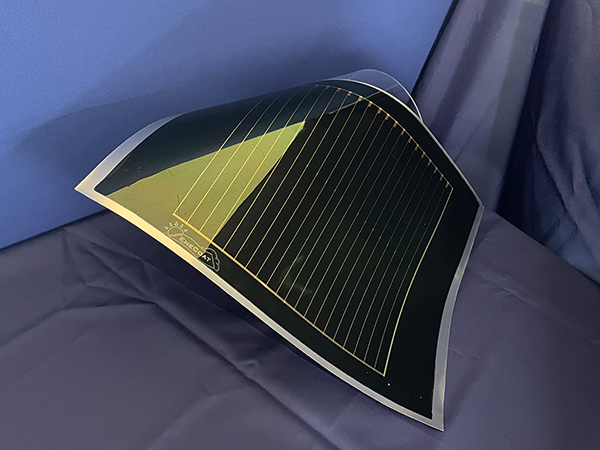
Mitsui Fudosan Residential Co., Ltd. and EneCoat Technologies Co., Ltd., a spin-off company from Kyoto university involved in development of high energy efficient Perovskite solar cells, have partnered to conduct joint research on integrating Perovskite solar cells into housing. This collaboration, in conjunction with Kyoto University’s Wakamiya Lab, aims to accelerate the practical application of Perovskite solar technology in residential environments. Perovskite solar cells are being researched for their high efficiency, thin and lightweight structure, and lower production energy requirements. They offer a cost-effective alternative to traditional silicon-based cells. The project will test these cells in Mitsui Fudosan’s apartments, incorporating them into well-designed lighting and furniture in the common areas as well as in the interiors of condominiums it supplies, to store solar energy during the day for use at night.
Contracting type: N/A
Technology level: High
Country of origin: Japan
Availability: Japan
Contact: WIPO Green Database
Green solutions for public spaces and infrastructure
Public spaces and infrastructure, such as streets, parks, roads and public buildings, are enjoyed by everyone. Energy is essential in this context to power streetlights, commercial buildings and transport networks, facilitating the movement of people and goods. Beyond progressive policy measures, cities and urban planners can adopt both proven and innovative technologies to accelerate the energy transition. This chapter explores the intersection of energy consumption, technological innovation and renewable energy integration into the public sphere.
Technological developments and trends
Energy efficiency in public buildings
Energy solutions for public and private buildings often overlap, whether they involve technical, operational or behavioral interventions. Updating building codes is essential for improving energy efficiency in buildings. Key technical improvements include better insulation, energy-efficient lighting, advanced HVAC systems, renewable energy integration and demand response programs. However, public facilities such as swimming pools, sports centers and malls also operate under unique conditions that significantly contribute to energy consumption, bringing about their own set of challenges and solutions.
Swimming pools, for example, consume enormous amounts of energy for heating, pumping and cleaning pool water. Supermalls have significant electricity demands for temperature control, lighting and escalators. Hospitals need extensive ventilation systems to ensure a healthy indoor environment, while supermarkets primarily consume energy for refrigeration (see Chapter 4). Targeted innovations aim to improve the energy efficiency of these activities. In Poland, combining insulation, heat recovery and solar panel installations reduced a public school’s heat consumption by 60 percent
Renewable energy integration in public spaces
Installing solar panels and wind turbines diversifies the energy mix of public buildings. The new EU Solar Energy Strategy aims to make rooftop solar energy installations compulsory for all new and existing public and commercial buildings over 250 m2 by 2027. This strategy also promotes innovative solar deployment models such as floating PV systems on lakes and solar panels on highways and railways. Similar initiatives are underway globally, such as in China where provinces are encouraged to install solar on 40 percent of public buildings like schools and hospitals
Innovative governance structures such as municipality-led renewable energy communities can be effective tools for scaling renewables in public buildings, such as the case of solar PV installations on two school rooftops in Crete
Higher integration of renewables in public buildings and infrastructure invariably has an impact on the electricity grid. In addition, energy losses occur when converting solar energy from DC to AC to feed into the grid, and then back to DC again to be stored or used. M\any systems, including batteries, operate on DC. Therefore, further research and development (R&D) and innovations in conversion efficiencies, such as better-performing inverters, are essential to further enable renewable energy integration at building level
Efficient and intelligent streetlights
Streetlights installed around the world already account for around 15 percent of global energy demand and this is expected to rise further
While they are undoubtedly more efficient, the wide-scale impact of LED streetlights is uncertain. For instance, recent findings suggest that white LED streetlights can harm biodiversity. The light, particularly white light, disrupts insects’ circadian rhythms, reducing certain insect populations by over half compared to 42 percent for conventional sodium streetlights. However, this issue can be mitigated by dimming and using blue-light filters
Recent advances have upgraded smart streetlights from basic to more advanced adaptive control systems with sensors and cameras. Examples include sensors that can detect light, traffic and electrical consumption. By gathering and analyzing such data, streetlights can use dimming functions. Alternatively, they can be turned off late at night or based on scheduled or real-time lighting needs, potentially reducing energy use by up to 80 percent
Smart streetlights can be decentralized, with local control at each pole, or centralized, integrated into IoT communication networks for data collection and central control
Harnessing the power of movement
Over the last decade, unconventional climate solutions for public urban spaces have emerged. As cities are full of movement, energy can be harvested in innovative ways. Regenerative braking systems, which convert kinetic energy into electric energy for trains and metro systems, is already a mature technology and can restore up to 25 percent of a train’s energy
One study examined piezoelectric energy harvesting in an Australian public library, finding that tiles covering 3 percent of the floor area could only meet 0.5 percent of the building’s annual energy needs. With the then high up-front costs (USD 3,850/tile), the technology would not have been a feasible solution
Energy can also be harvested from urban heat. Austrian researchers have shown promising results by absorbing excessive heat from buildings and roads. Installing flat absorber lines that collect urban heat and feeding it into a borehole thermal energy storage can provide heat to nearby buildings while mitigating the urban heat island effect
Improved planning for public transport
(1)The previous two editions of the Green Technology Book include a chapter on smart mobility that delves more into the topic of low-carbon transport, and urban infrastructure and services that presents further perspectives on climate adaptation of road networks.
The “avoid, shift, improve” framework describes the broader strategies a city can adopt in order to plan for more low-carbon public transport. These include (i) avoiding unnecessary travel, (ii) shifting unavoidable travel demand to more efficient modes of transport, and (iii) reducing the GHG intensity of technologies used to meet the demand for travel
The COVID-19 pandemic highlighted the effectiveness of remote work in reducing travels. Key technologies that have supported this shift include digital communication tools, teleconferencing systems, and integrated land-use planning software designed to foster livable, work-friendly neighborhoods. However, estimating the overall impact of teleworking on energy consumption remains challenging due to potential rebound effects like increased home energy use
Designing dense, mixed-use areas, enhancing access to public transport and planning interconnected street networks can help avoid unnecessary travel
The density, diversity and design of urban spaces are particularly critical for minimizing unnecessary trips and fuel consumption. For instance, designing dense, mixed-use areas, enhancing access to public transport and planning interconnected street networks can help avoid unnecessary travel. Developing such urban environments typically leads to lower per capita emissions, reduced reliance on motorized transport and decreased building energy demands (
Fast-growing, poorly planned cities with low-income populations often face severe congestion, inadequate infrastructure and limited accessibility to essential services like public transport. The high transport costs and safety issues further exacerbate socio-economic inequalities. These challenges require coordinated urban planning and substantial investments into public transport infrastructure. While this involves a range of enabling policies, infrastructure and investments, there is an increasingly important role played by innovative technologies such as mobile apps for real-time tracking, digital ticketing and route planning that can alleviate and contribute to efficient, affordable and safe public transport systems.
Digital technologies promote accessible public transport
Global public transport capacity must double by 2030 if the world is to limit global warming to 1.5°C. Despite growing access, many urban areas still experience that less than 10 percent of the public has convenient access to public transport
Aggregated data from mobile ticketing and fare collection can help operators improve route and time-table planning. Innovations in mobile apps and data analytics provide real-time information on transport routes, allowing individuals to plan their journeys more efficiently. Integrated applications make it possible to not only purchase fares on buses, but also layer in parking tickets, e-scooters, trams and other modalities. Smart ticketing systems, with multi-trip options, further enhance access to public transport for women. As women more often bear responsibility for tasks involving health care, educational institutions and purchases, they tend to favor shorter, flexible trips to these various institutions rather than direct transport to and from any given workplace
A better and more seamless user experience can further help promote the use of public transport. Innovative technologies such as e-fare validators and near-field communication (NFC) can be used by transport companies to activate tickets purchased through mobile applications, eliminating the need for physical interaction with drivers. Transport cards with NFC technology have even enabled subway passengers in Shanghai to connect to an app, which generates carbon credits when the card is swiped
Distributed ledger technology, such as blockchain, enables permanent records of transactional data through a centralized database. One function of this technology, relevant for public transport systems, is its ability to optimize supply chains and inventory management. A recent focus has been on the potential of blockchain to improve urban mobility through mobility-as-a-service (MaaS) solutions such as ridesharing. This includes for instance elements of smart contracts between users, safe exchange of information and payments that are automatically triggered upon verification of preset conditions
Optimizing traffic flows in cities
Fuel consumption in cities can also be reduced by optimizing traffic flows to avoid congestion and idle time spent in vehicles. Smart traffic lights and intelligent transportation systems (ITS) have become game-changers for several cities. Meanwhile, advances in cooperative ITS (C-ITS), which facilitate communication between vehicles and systems, can improve driver safety during extreme weather conditions
Sensors, AI and machine learning are often integral components to ITS for traffic optimization. Innovators and city officials are testing new adaptive traffic control systems to reduce journey times and fuel consumption. Examples include systems that use video feeds to automatically detect the number of road users, pedestrians and type of vehicle at an intersection. AI software then processes this information in real time to optimize the traffic flow, sharing the information with neighboring intersections for autonomous decision-making.
The impact of connected autonomous vehicles (CAVs) on fuel consumption and climate change is yet uncertain. Private and public fleets of self-driving cars could reduce fuel consumption by connecting with traffic systems and adjusting speeds to avoid idling at intersections. Research on machine-learning is exploring the control of entire fleets of AVs as they move through intersections and traffic
Autonomous public transport
With human error being the main cause of traffic accidents, safety is driving the push for autonomous public transport (or shared autonomous vehicles, SAVs). However, automated shuttles, robot buses, driverless trains and other autonomous transport options are also considered for improving efficiency in and accessibility to public transport, especially in low-density cities. Another important function is providing first- or last-mile connectivity, with on-demand services
Despite these advances, low public acceptance of AVs poses an important barrier
Electrifying public transport
While metro rail and light rail transit primarily rely on electricity, most buses worldwide continue to operate on diesel or other fossil fuels. In 2021, electric buses comprised only 4 percent of the global bus fleet, despite a 40 percent growth in sales
Bus electrification has been spurred by innovations in battery technology, battery-swapping stations and vehicle-to-grid solutions
Bus electrification has been spurred by innovations in battery technology, battery-swapping stations and vehicle-to-grid (V2G) solutions – the latter with particular promise for electric school buses. But high initial costs and lack of charging infrastructure present barriers to scaling
Hybrid buses are a mature alternative for when charging infrastructure is inadequate, with the market witnessing a shift toward plug-in hybrid buses and introduction of hydrogen-fuel-cell-powered hybrid buses. In developing countries, integrating electric buses with infrastructure like bus rapid transit (BRT) systems can accelerate the transition. For example Dakar, Senegal, has implemented Africa’s first all-electric BRT system (see innovation examples below)
To maximize the positive impact of public transport, coordination is needed with the promotion of private EVs. For instance, Norway achieved a 93 percent EV share for new vehicles in 2023. While this has potential for climate mitigation, there are also serious concerns over potential ways in which EVs could undermine public transport investments and the development of dynamic car-free urban centers. In Norway, public transportation budgets were partly funded through road tolls that national government exempted EV owners from paying. As more EVs were purchased, falling transit revenues threatened major investments like metro lines. While this is a policy design concern, it is clear that modal shift must be supported alongside electrification efforts so as not to stimulate further car use. Also, more than half of Norwegian households owning battery EVs were found to have three or more of these vehicles in 2022, indicating an uneven accumulation of this technology amongst the wealthiest
Innovation examples
Electric BRT network in Senegal

BRT systems with designated lanes and specifically adapted stations are relatively low-cost and flexible alternatives for relieving traffic problems in urban areas. They are especially common in countries in Latin America and Asia but are growing in popularity in Africa. Dakar, Senegal, has recently launched Africa’s first fully electric BRT system, stretching over 18 km. The system aims to transport 300,000 passengers daily, cutting travel time from 95 to 45 minutes. It features 144 electric buses, each with a 560 kWh battery capacity and a six-hour charging time. Further, real-time bus monitoring has been incorporated in order to optimize charging based on passenger demand.
Solar panels on highway sound barriers in the Netherlands

The Solar Highways project, led by the Ministry of Infrastructure and Water Management in the Netherlands, integrates innovative double-sided solar panels into noise barriers along motorways. This dual-purpose barrier mitigates traffic noise while generating renewable electricity. Constructed along a 400 m stretch, the solar barrier was completed in early 2019 and supplies electricity to 40–60 households. It is expected that if the installation of solar panels on highway sound barriers were to be replicated throughout the country, it could generate enough electricity for 250,000 households
Waste heat recovery from London Underground station

The Bunhill 2 Energy Centre, a pioneering energy facility in London, now provides heating and hot water to over 1,350 homes, a school, and two leisure centers by utilizing waste heat from the London Underground. This project is the first of its kind and offers a model for decarbonizing urban heat supplies, reducing both heating costs and carbon emissions. The center extracts warm air from the Northern Line tunnels and transfers it to a 1.5 km network of underground pipes to heat local buildings. Additionally, it generates low-cost, green electricity for the London Underground and a nearby tower block. A key feature of the system is its ability to reverse the fan direction in summer, providing cooling to the Tube tunnels. The system reduces heating costs for connected council tenants by 10 percent and cuts CO2 emissions by 500 metric tonnes annually
Technology solutions
Proven
Energy efficiency: electric buses
Roam
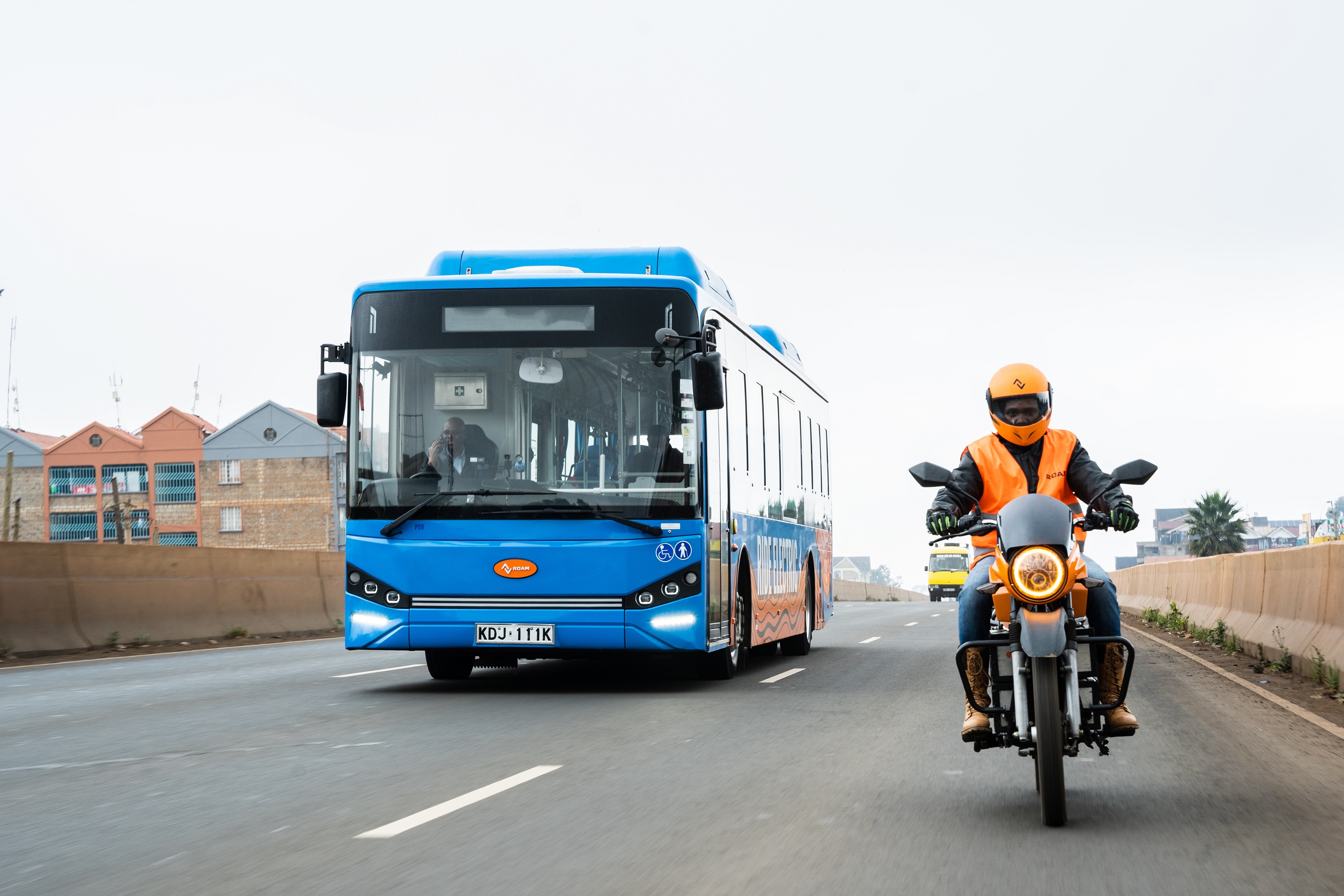
Roam is an electric mobility company based in Kenya that designs and develops electric motorcycles and buses for emerging markets. The company offers infrastructure, fleet management software and after-sales services along with tailored solutions to local market demand. Business segments include Roam Transit which provides mass transit and shuttle electric buses for public transport in Kenya and other African countries. Roam Energy & Charging is another segment of the company that distributes energy and charging products, while Roam Canopy delivers customized software applications for fleet owners, business operators and financiers. The electric buses are produced in Kenya.
Contracting type: For sale
Technology level: Medium
Country of origin: Kenya
Availability: Africa
Contact: WIPO GREEN Database
Energy supply: solar streetlights
HeiSolar
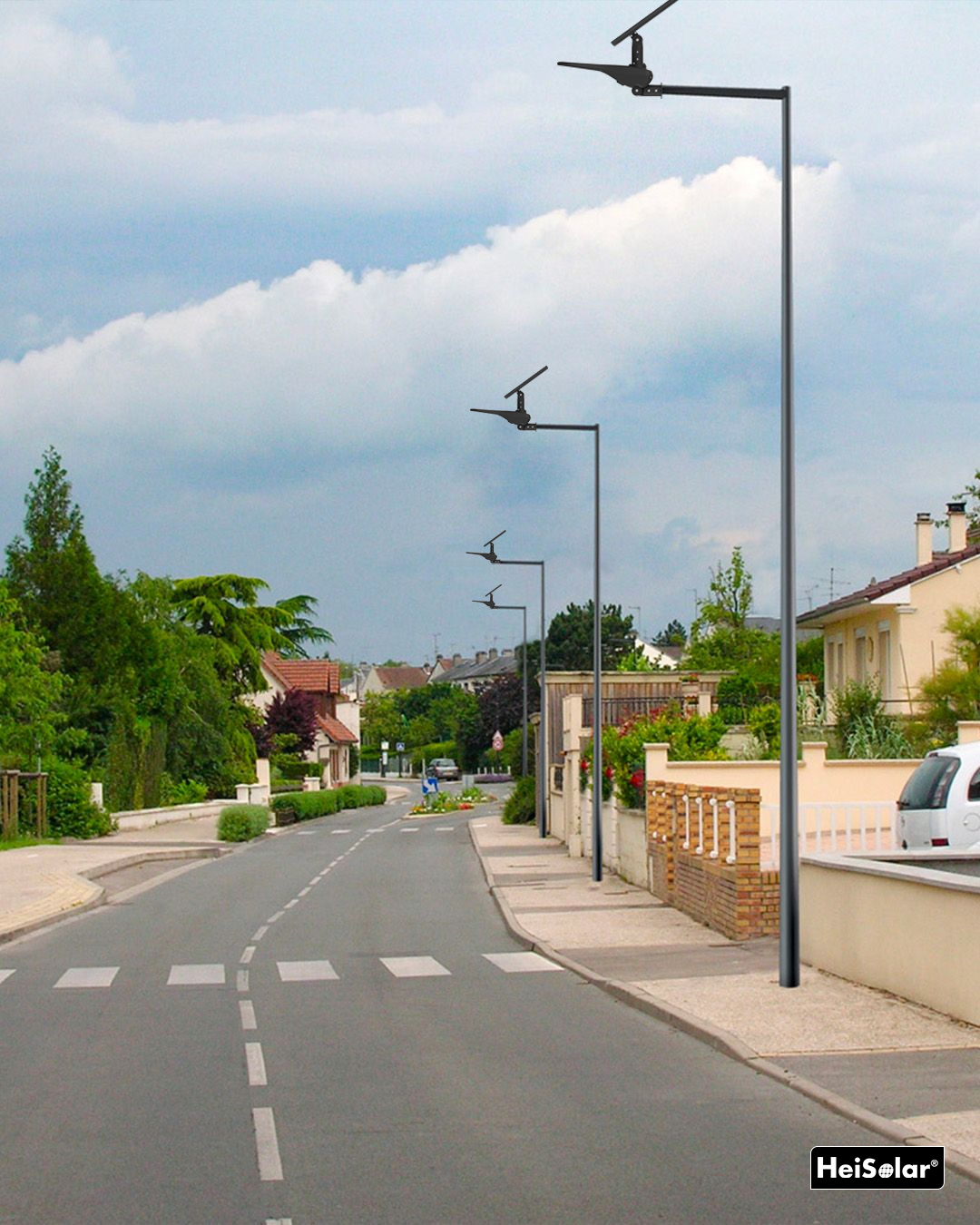
The solar street light system converts solar energy into electricity during the day, which is stored in a lithium battery to power the light and camera at night. The camera captures images and videos, transmitting data via the internet for remote live streaming on apps or personal computers (PCs), and storing them on an SD card or online cloud. This innovative solar-powered system combines lighting and surveillance, featuring a choice of WiFi cameras and a 4G dome camera option. The solar panel (70–120 W) supports a 30–60 W LED light with motion detection, all powered by a rechargeable lithium iron phosphate battery. Applications include parking lots, parks, streets, security perimeters, hospitals, bridges, airports and industrial areas.
Contracting type: For sale
Technology level: Medium
Country of origin: China
Availability: Worldwide
Contact: WIPO GREEN Database
Energy efficiency: energy-saving public pool
Sunny Shark

Sunny Shark’s Smart Pooling® solution is an intelligent control tool that reduces the energy consumption of public pools by up to 30 percent with less than three years return on investment on average. A combination of hardware and software tools manage all energy-intensive equipment at pool facilities through sensors, a centralized control box, a link to the building’s building management system (BMS) and a user interface. Energy is saved through the system’s predictive capabilities in terms of heat demand, and steering for control of temperature, humidity, filtration and ventilation rates across pre-defined and monitored time schedules and activities.
Contracting type: For sale
Technology level: High
Country of origin: France
Availability: Europe
Contact: WIPO GREEN Database
Energy efficiency: energy-saving optimization of central air conditioning and water
Goldginny
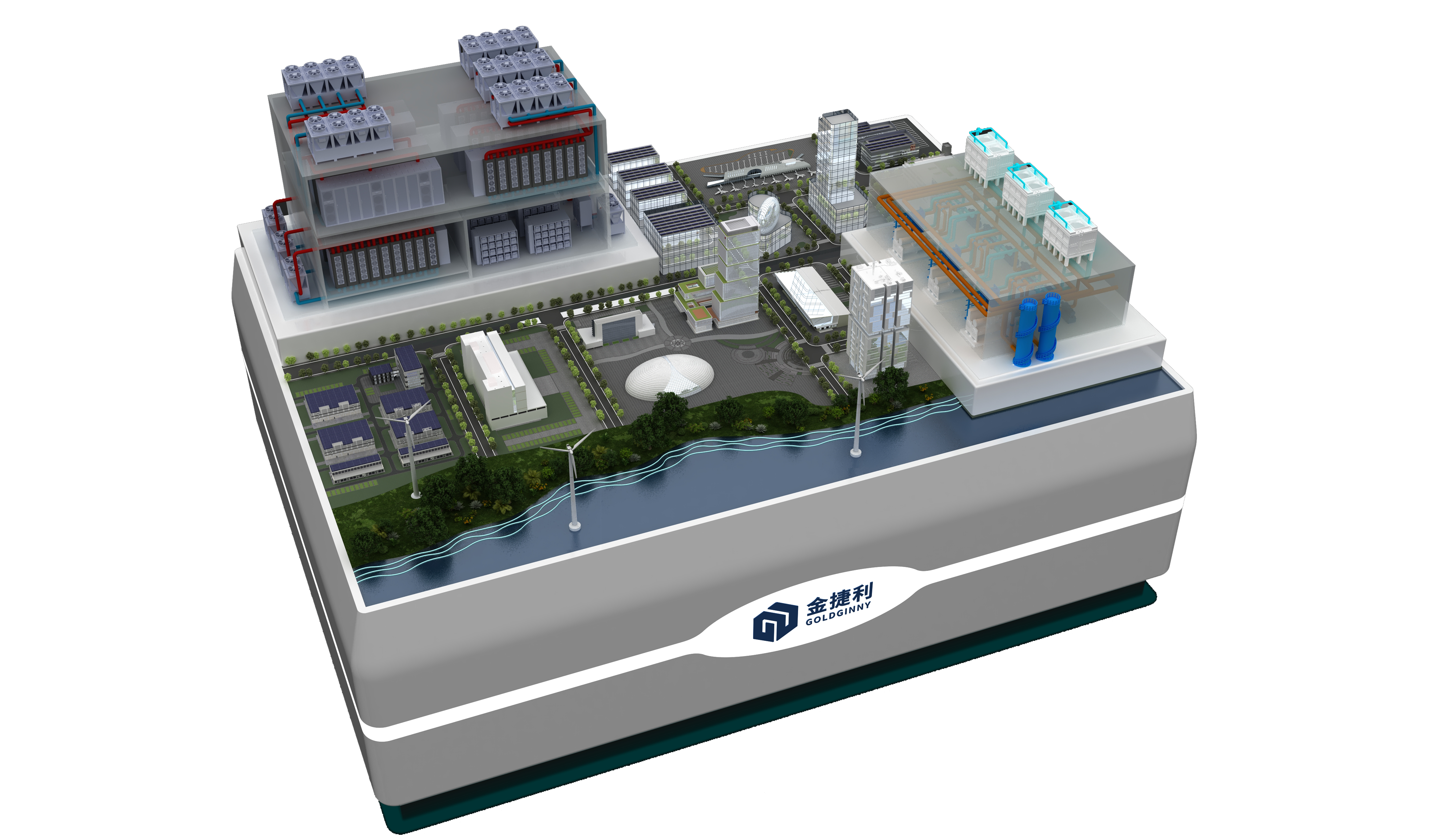
Jinjieli’s digital platform deploys an advanced central system for optimizing and maximizing the energy efficiency of entire air-conditioning systems, including chillers, refrigeration pumps, cooling pumps, cooling tower fans and electric water valves. The system dynamically adjusts optimal energy-efficiency control parameters in real time based on varying outdoor conditions and system loads. This comprehensive approach ensures system control, minimizes losses and achieves energy savings while maintaining comfort. It is currently compatible with a wide range of mechanical and electrical equipment brands and supports various equipment communication protocols.
Contracting type: For sale
Technology level: High
Country of origin: China
Availability: Worldwide
Contact: WIPO GREEN Database
Energy supply: software for planning of livable work-friendly neighborhoods
Oracle
Oracle’s planning and zoning software is designed to manage community land use, promoting the development of livable and workable neighborhoods. The technology provides the public with a self-service experience, enabling online application submissions, fee payments and plan revisions ahead of public hearings. It also equips staff with tools to efficiently manage applications, schedule hearings and expedite approvals, streamlining the entire planning process.
Contracting type: For sale
Technology level: High
Country of origin: United States
Availability: Worldwide
Contact: WIPO GREEN Database
Frontier
Energy supply: solar-equipped buses
Sono Motors
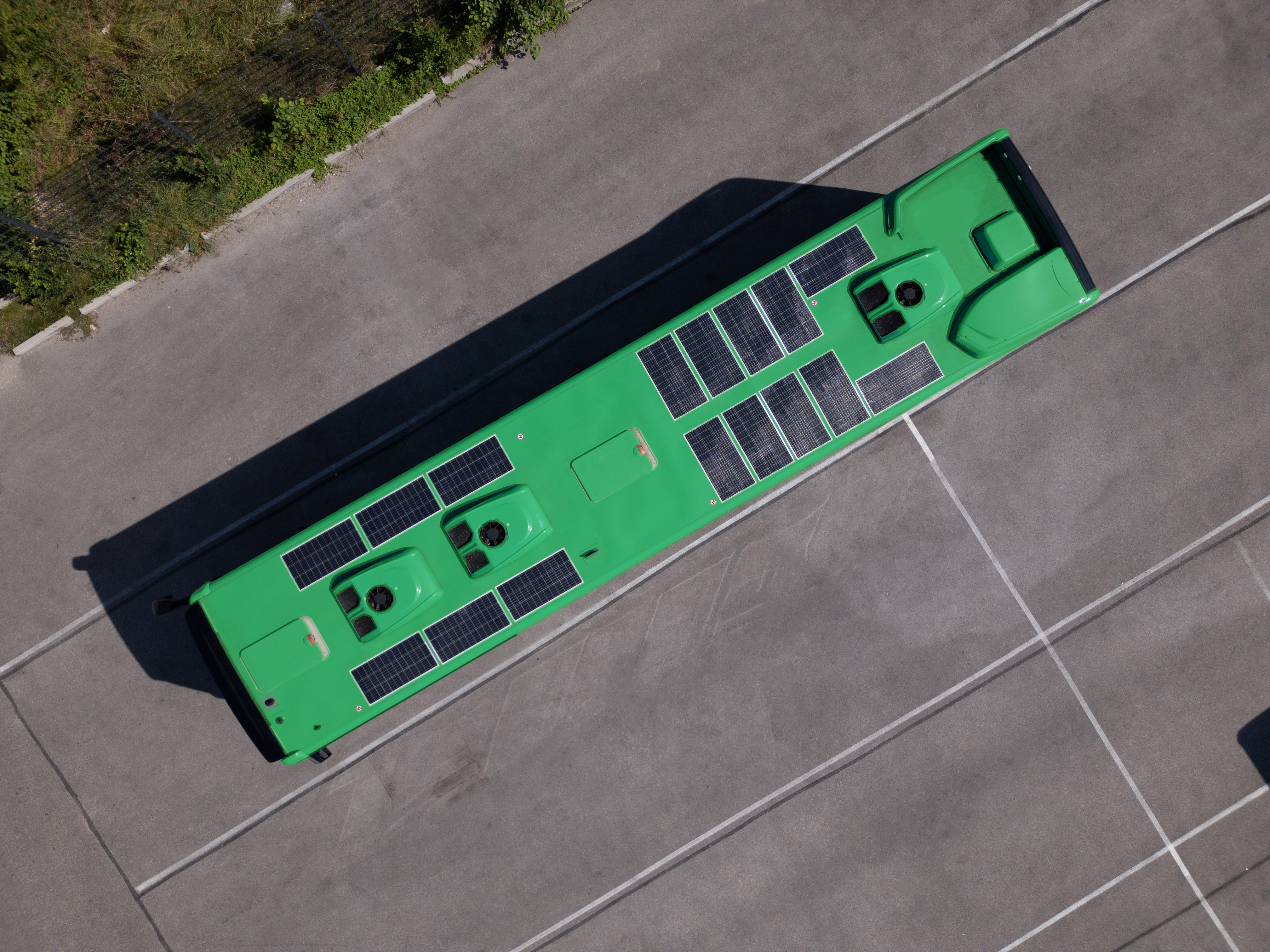
The Solar Bus Kit is a ready-to-install solution designed for buses, providing solar energy to power electrical systems like HVAC and for charging the vehicle battery. It can generate up to 2,000 kWh per bus annually. This integration can achieve fuel savings of 3 percent or more, depending on the region, addressing high energy demands, rising diesel costs and urban pollution challenges in public transport.
Contracting type: For sale
Technology level: High
Country of origin: Germany
Availability: Germany
Contact: WIPO GREEN Database
Electrification: level-4 autonomous bus
King Long United Automotive Industry Co., Ltd
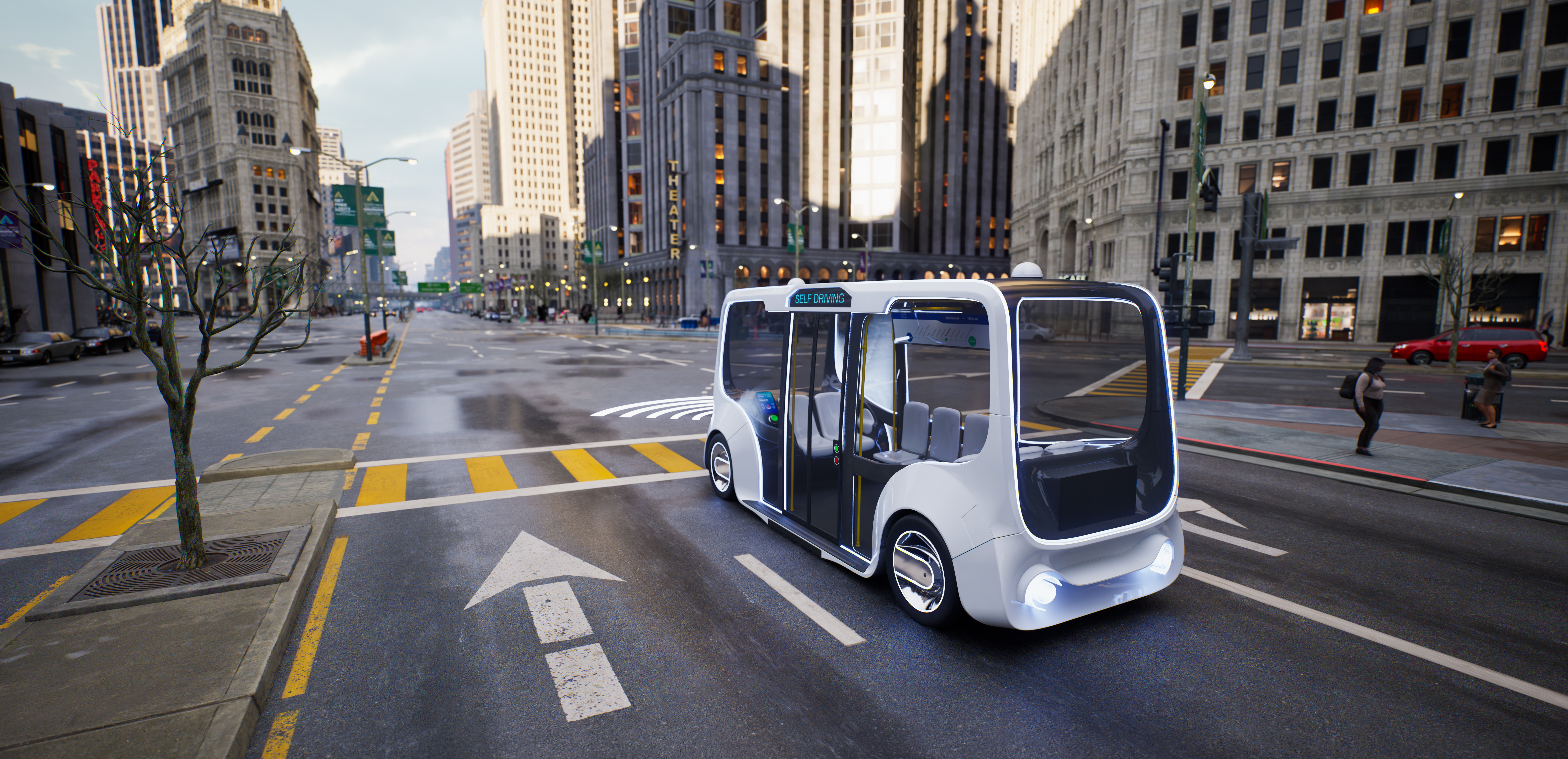
AVs are often categorized in 5 levels depending on the degree of automation, with Level 1 representing the most basic features such as cruise control. King Long Bus on the forefront when it comes to transport innovations such as intelligent, networked, electric and shared vehicles. In recent years, the company has developed and tested China’s first Level 4 autonomous buses, the robobuses. The buses operate with a speed of 40–60 km/h. Equipped with lasers, cameras and so-called vehicle-to-everything (V2X) technology, the buses can communicate real-time information with smart roadside units to navigate traffic and enhance efficiency.
Contracting type: For sale
Technology level: High
Country of origin: China
Availability: Worldwide
Contact: WIPO GREEN Database
Electrification: robotic swapping stations for electric buses
SUN Mobility
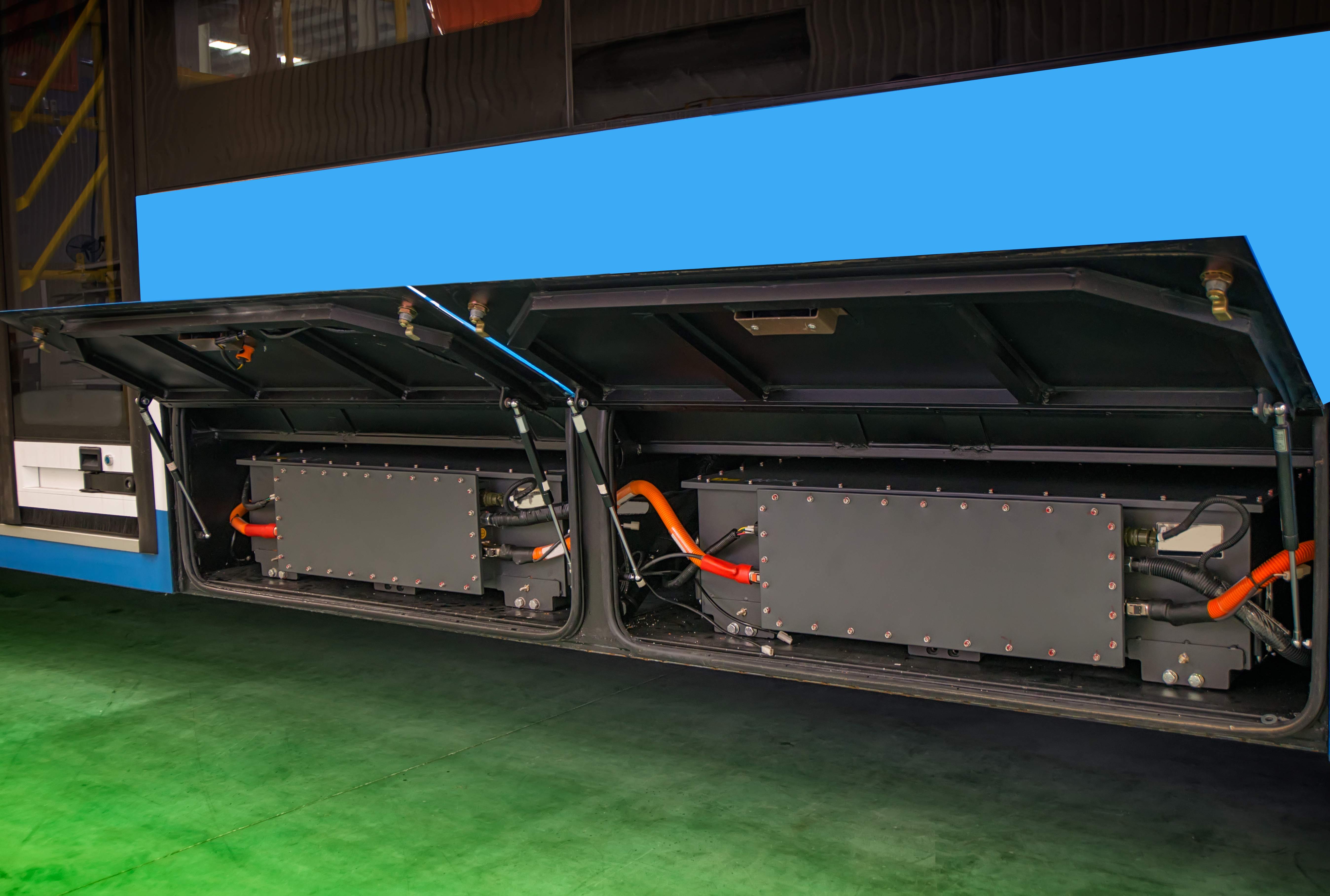
Present in 18 cities in India and growing, SUN Mobility offers battery swapping stations for electric buses, two-wheelers and three-wheelers. The swapping stations are equipped with a robotic arm and IOT computing unit to enable analytics and remote interventions. The stations cater to lithium-ion batteries and compared to the four to eight hours of conventional charging times, buses can swap batteries at these automated stations in under three minutes. Each swapping station can do more than 300 swaps per day.
Contracting type: For sale
Technology level: High
Country of origin: India
Availability: India
Contact: WIPO GREEN Database
Energy efficiency: intelligent traffic management
Miovision
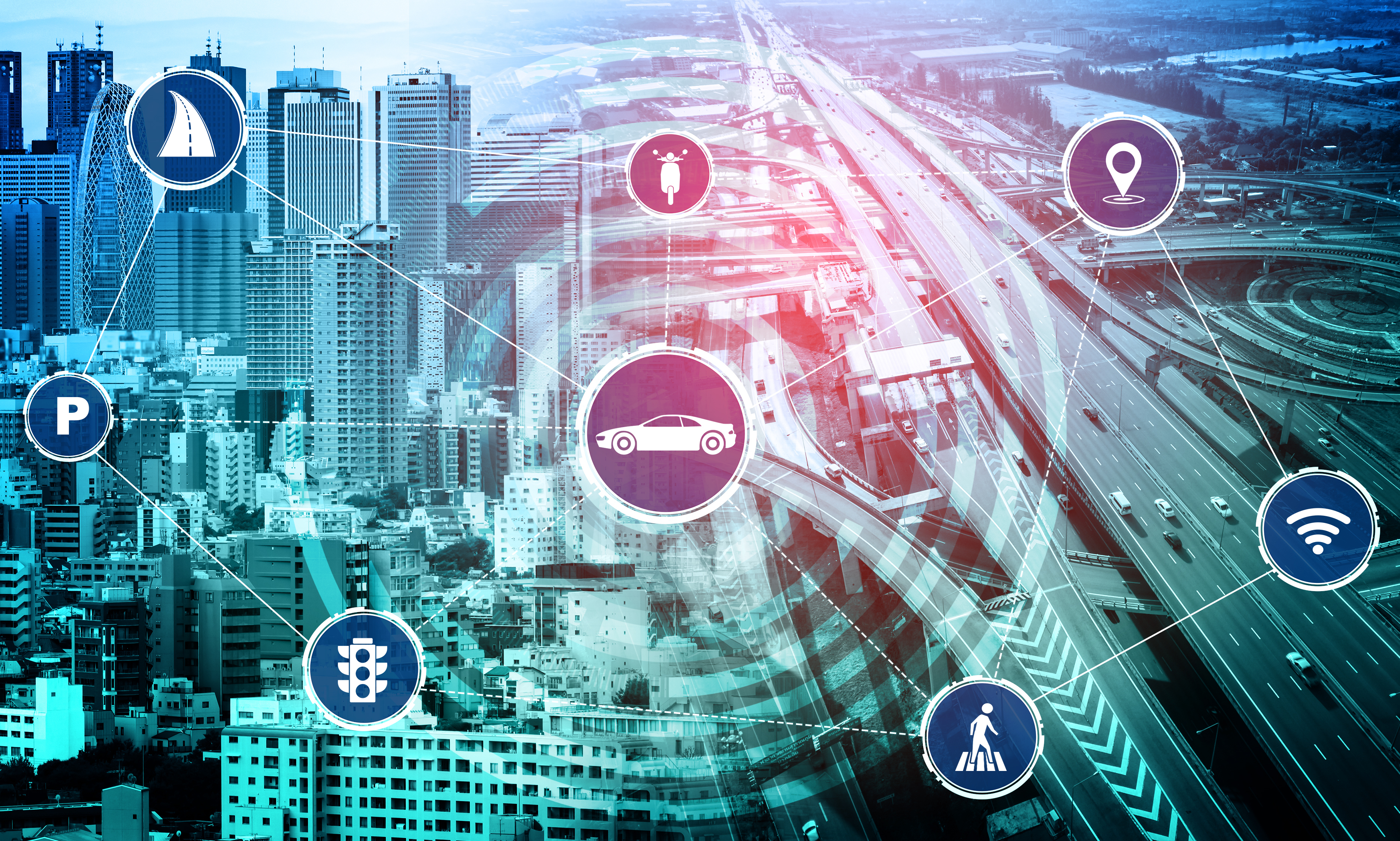
Miovision Surtrac is a centralized intelligent traffic management system powered by AI that adapts to changes in traffic in real time. It is optimized for complex urban grid networks, not only single corridors, and can integrate vehicles, pedestrians, buses and bicycle traffic flows. In addition, the system has been designed to accommodate CAVs. Surtrac optimizes traffic signals according to the number of vehicles on the road, reducing congestion and fuel consumption. According to the technology providers, waiting times at intersections can be reduced by over 40 percent.
Contracting type: For sale
Technology level: High
Country of origin: Canada
Availability: Worldwide
Contact: WIPO GREEN Database
Energy efficiency: intelligent streetlights
gridComm

gridComm provides networked and intelligent streetlights connected to IoT sensors across urban areas. The process of installation is simple and involves opening the street light hatch, installing a gridComm controller, and repeating this for all the streetlights you want to connect in the city. Each module communicates data through the city’s power lines. This network is then used to connect thousands of sensors that monitor weather, pollution and traffic. Connecting the sensors to a streetlight control software enables significant electricity savings for cities.
Contracting type: For sale
Technology level: High
Country of origin: Singapore
Availability: Worldwide
Contact: WIPO GREEN Database
Lighting: lighting control sensors for parking areas, ports, streets and parks
Intelar
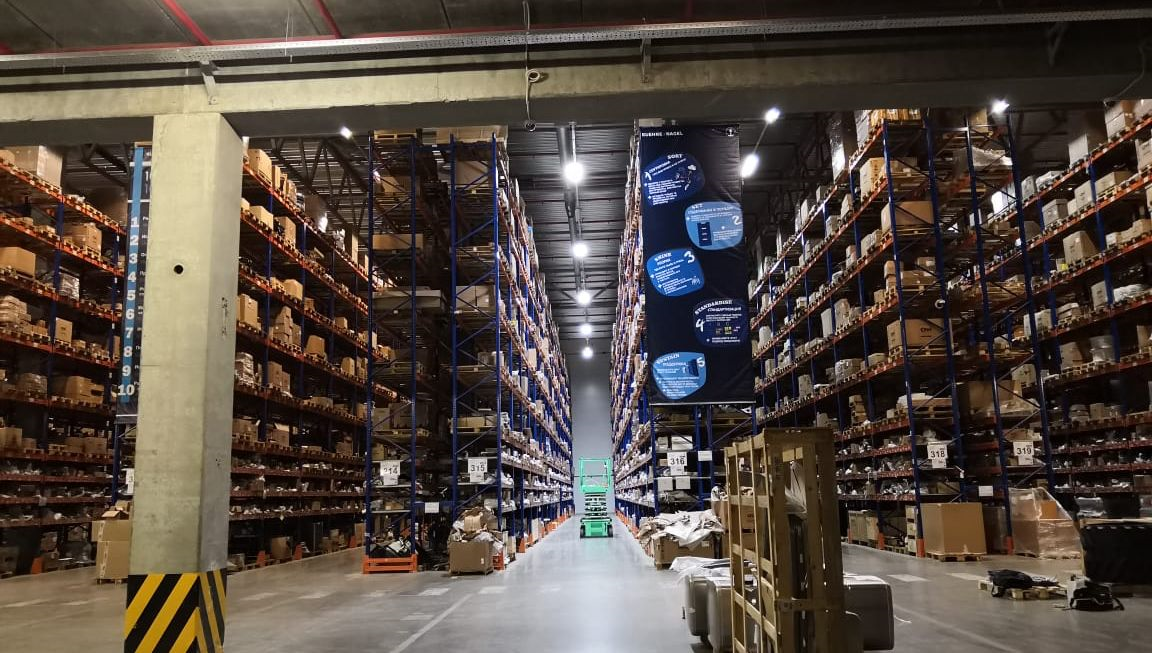
While passive infrared sensors (PIRs) are prevalent in smaller enclosed settings, such advanced lighting sensors for large spaces such as underground parking areas, ports and warehouses can be expensive. Intelar provides long-range motion sensors (K2150 sensors) suitable for spaces up to 3,000 m2 that can monitor and control lighting and security systems by reacting to moving objects. For instance, the sensors can be used for cities’ smart street projects to automate pedestrian crossings and enhance energy-efficient lighting of buildings and streets.
Contracting type: For sale
Technology level: Medium
Country of origin: Montenegro
Availability: Worldwide
Contact: WIPO GREEN Database
Smart energy: vehicle to building integration
Beijing Shiji Yunan New Energy Co.
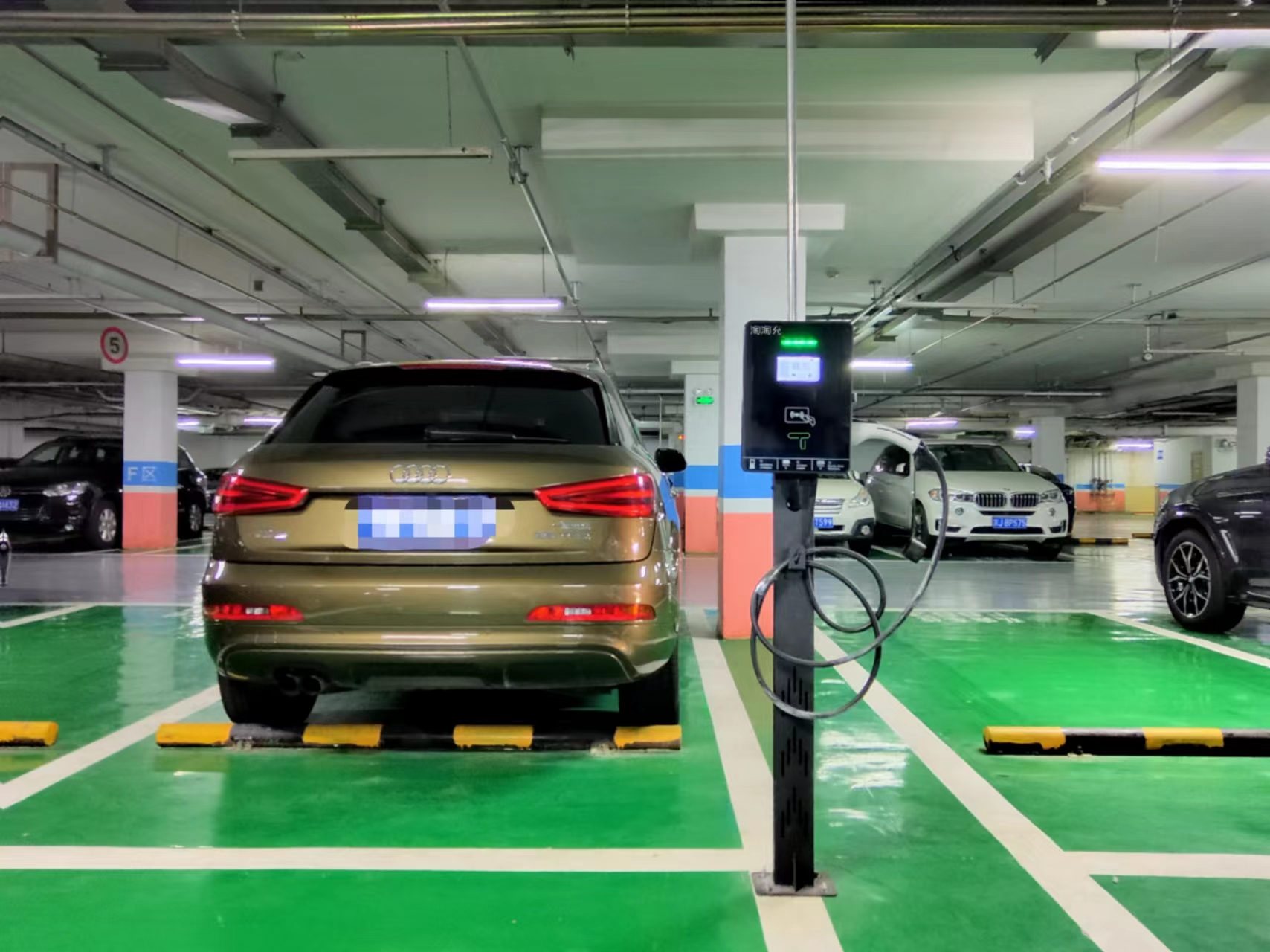
This technology offers a solution for vehicle to building integration for property management companies. It dynamically matches clusters of charging stations with building power loads, optimizing the use of existing power resources. The goal is to enable EV owners to charge their vehicles conveniently, safely and affordably at home, without needing to increase the original power capacity. The system involves a one-time installation of charging infrastructure, followed by the addition of charging terminals as demand grows, all managed through a unified system based on the building’s power load. Technologically, this solution includes two main innovations. First, an intelligent energy management system uses data planning, collection and analysis to make the most of the existing power load and meet increasing customer demands. Second, a multi-energy interconnected and coupled smart micro-grid is developed to flexibly balance energy supply and demand within the grid, significantly improving the efficiency and utilization of electricity resources. This technology has been deployed as part of the WIPO GREEN China Cities matchmaking acceleration project.
Contracting type: For sale
Technology level: High
Country of origin: China
Availability: Worldwide
Contact: WIPO GREEN Database
Energy supply: building-integrated photovoltaics and low-e glass
Kaneka Corporation
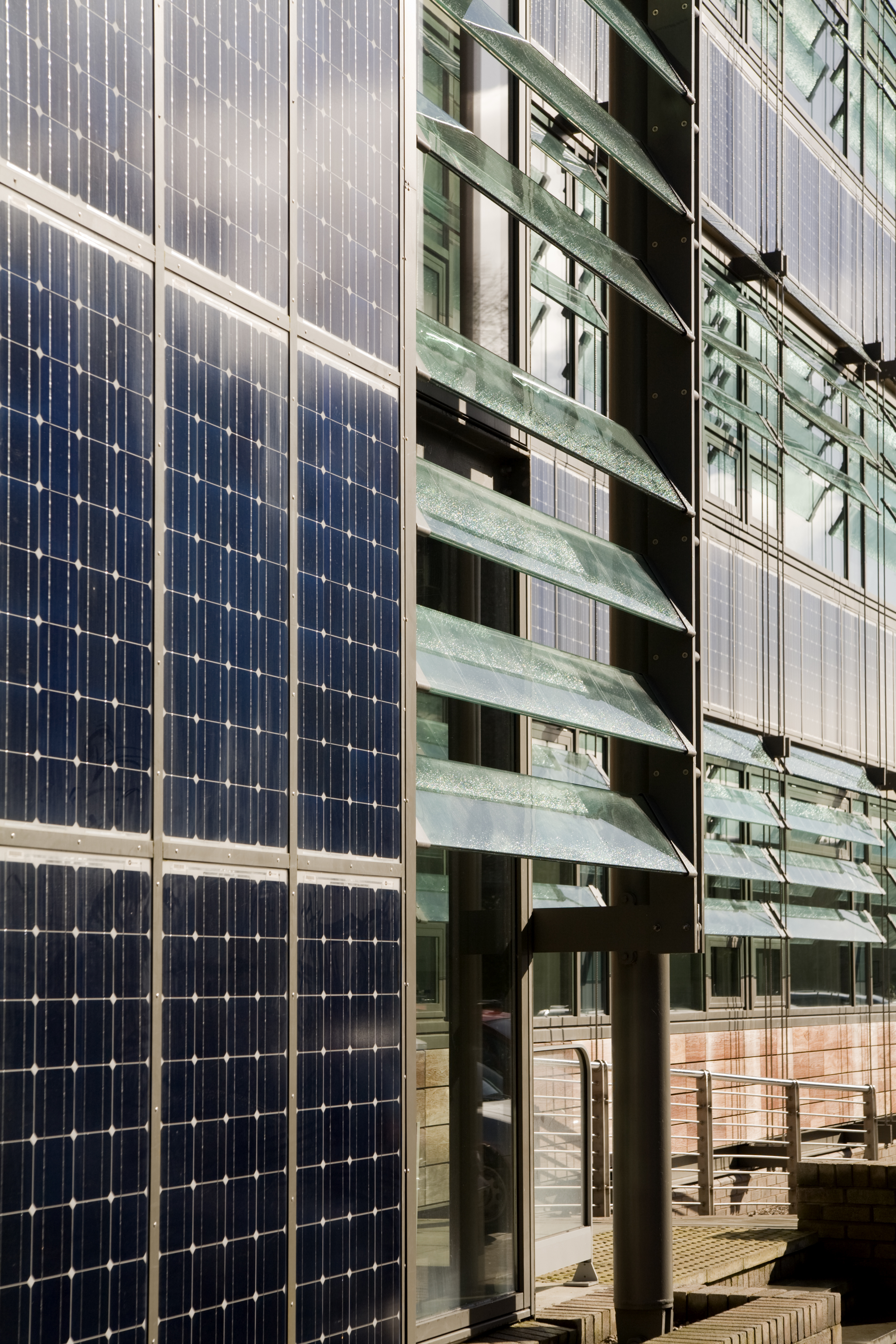
The vertical sides of buildings often offer a significantly larger surface area than rooftops, presenting an untapped opportunity for energy generation without compromising aesthetics or design flexibility. Kaneka’s innovative PV technologies seamlessly integrate energy generation into building materials and their applications, transforming building envelopes into power sources while maintaining their visual aesthetics and architectural integrity.
Contracting type: For sale
Technology level: Medium
Country of origin: Japan
Availability: Worldwide
Contact: WIPO GREEN Database
Energy supply: retrofitted EV-charging streetlights
Ubricity/Shell Group
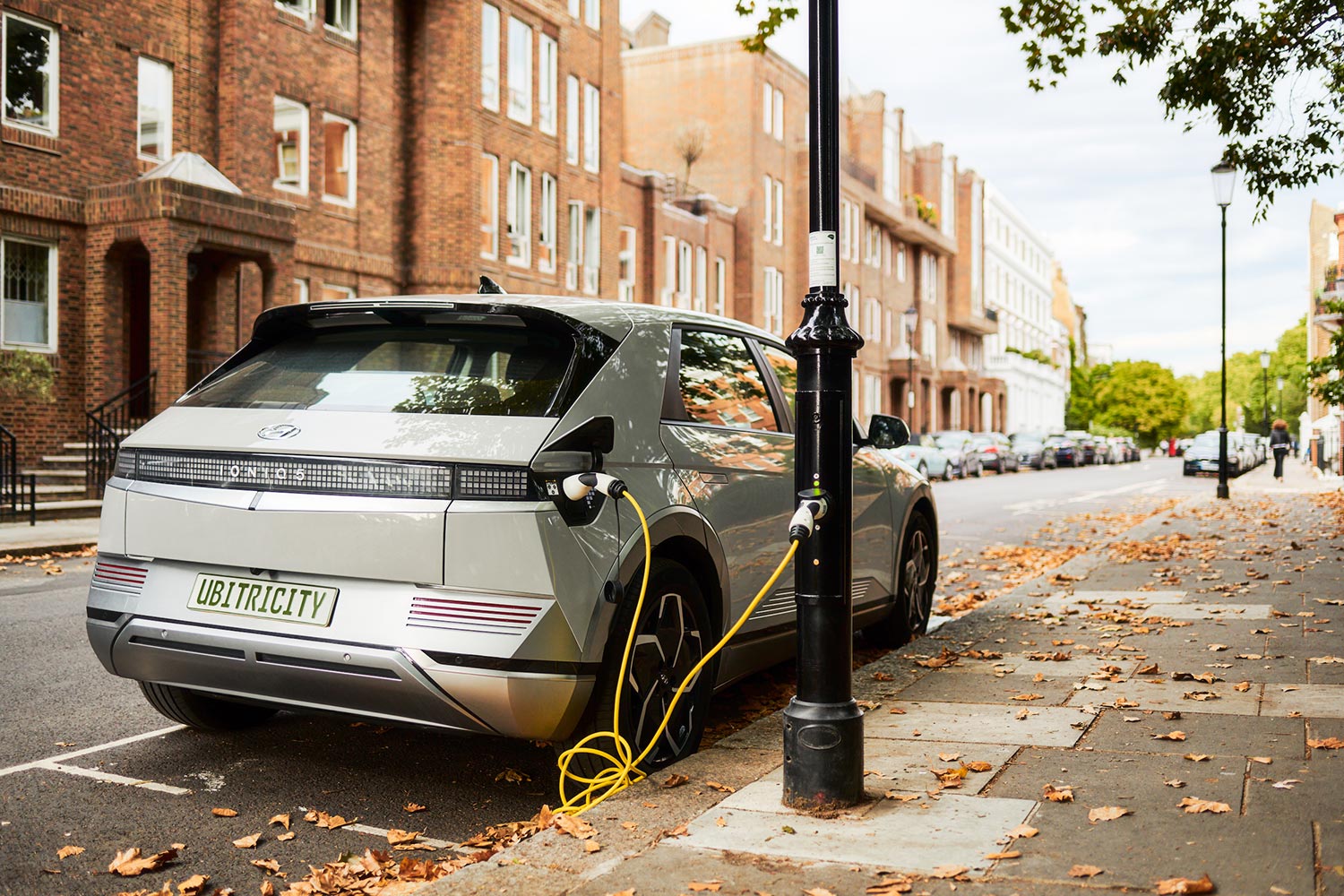
Ubricity, part of the Shell Group, is one of Europe’s largest installers of EV chargers. The company has installed over 8,000 public charging points in the United Kingdom, and 10,000 across Europe. Among its products, the company provides charge points designed to be retrofitted onto existing lampposts and bollards. With charge point accessibility being one of the biggest obstacles to EV adoption, Ubricity’s lamppost and bollard charge points offer a convenient solution for near-home charging.
Contracting type: For sale
Technology level: High
Country of origin: Germany
Availability: Europe
Contact: WIPO GREEN Database
Energy efficiency: urban vehicle data platform
DST EV rental
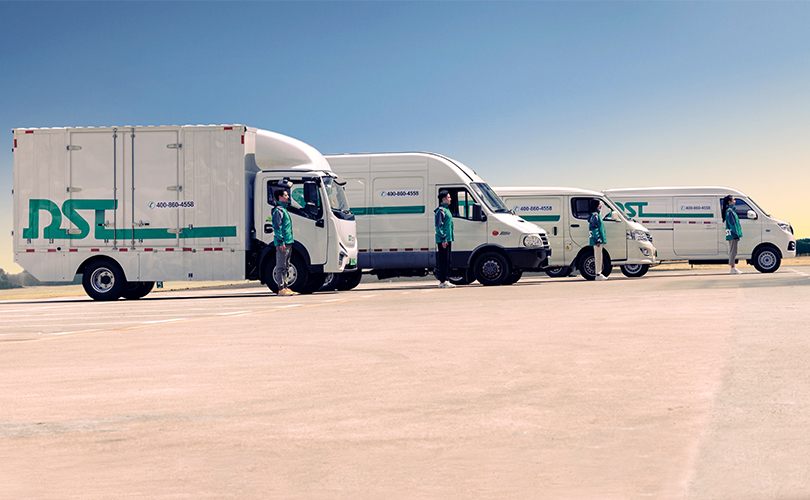
DST is a company that operates EVs, focusing on providing efficient transportation services for courier logistics and urban deliveries. The company’s digitalization efforts are centered on three areas: storing information and service data online, enabling real-time connections between people and vehicles, and enhancing services by tracking and learning from service patterns. The service offers several advantages, including the use of digital services for self-learning and data analysis, and the support of multiple live settings through its digital platform.
Contracting type: For service
Technology level: High
Country of origin: China
Availability: Worldwide
Contact: WIPO GREEN Database
Horizon
Energy supply: energy-generating noise barriers
TechSafe Industries

TechSafe Industries is making use of innovative surface areas in the urban public space to generate energy. Their SunScreens are a range of noise barriers designed to generate electricity from solar energy, while offering noise protection to homes along transport networks. In France, more than 850,000 homes are located in areas in need of noise barriers, and the SunScreen not only generates energy but achieved up to 22 dB in acoustic reduction compared to the 8–10 dB reduction of conventional barriers. The company is also currently developing the WindScreen, a noise-cancelling wind barrier that harnesses both wind and solar energy. The product is designed to reduce vehicle fuel consumption by allowing air currents generated by moving vehicles to pass through, capturing the airflow along roads to generate electricity.
Contracting type: For sale
Technology level: High
Country of origin: France
Availability: Europe
Contact: WIPO GREEN Database
Energy supply: floating solar PV
Ocean Sun
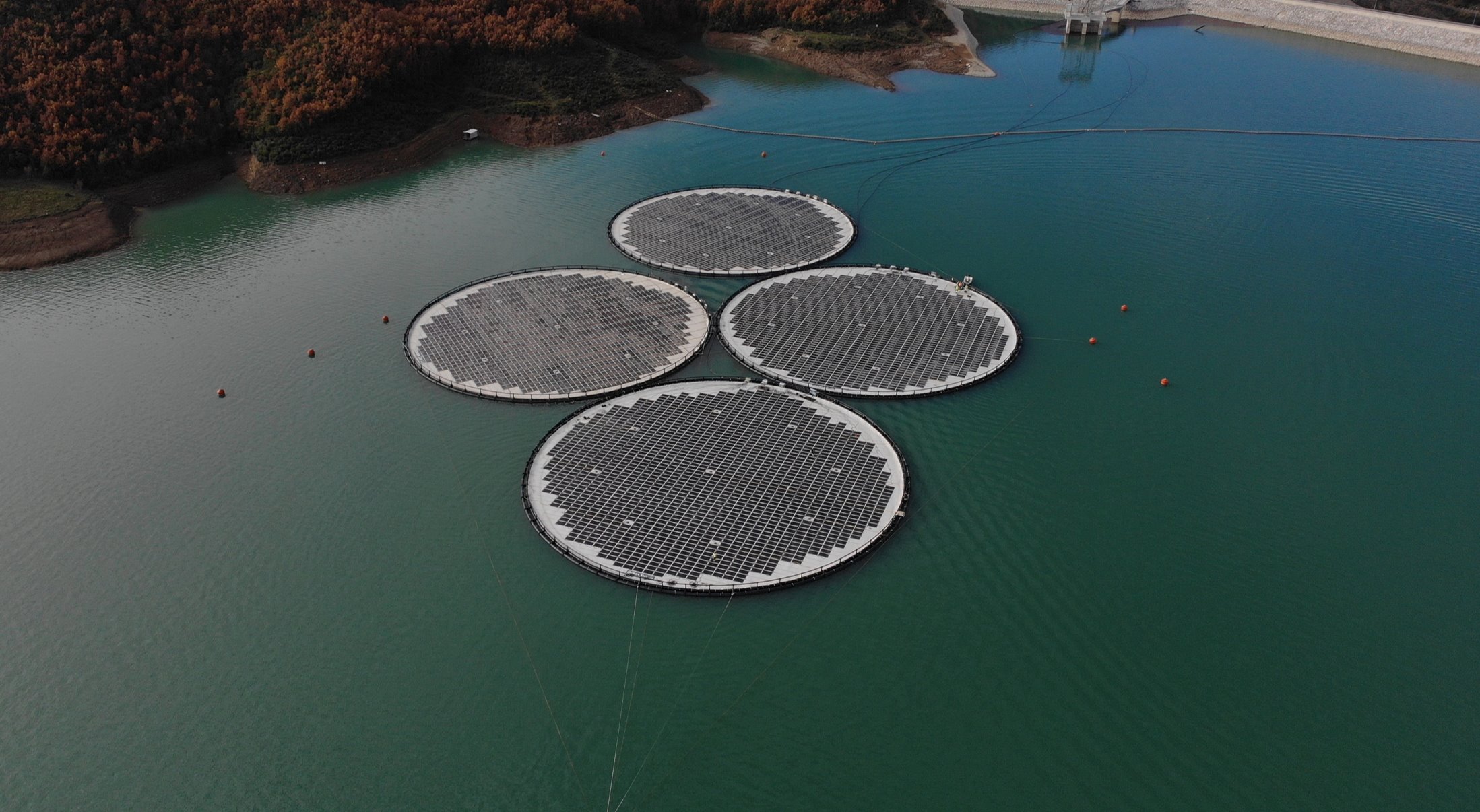
Ocean Sun has developed a patented floating solar power system based on a thin, hydroelastic membrane that supports customized PV modules. This innovative design offers several advantages over traditional floating PV systems, including the lowest material usage and levelized cost of energy (LCOE), easy and safe installation, increased efficiency through direct water cooling, and robustness in harsh conditions. The system also reduces material logistics costs and water evaporation. Founded in 2016, Ocean Sun operates globally, with R&D, demonstration and pilot installations in Norway, Albania, the Philippines, Singapore, and China. Their business model involves licensing their technology to developers and independent power producers, using locally sourced materials and workforce to ensure cost-effectiveness.
Contracting type: For licensing
Technology level: High
Country of origin: Norway
Availability: Worldwide
Contact: WIPO GREEN Database
Energy supply: urban efficiency diagnosis and solutions platform
Bright Cities

Bright Cities is a technology company based in São Paulo, Brazil, founded in 2018. It offers a platform that helps public managers diagnose and improve the efficiency of urban areas under their control. The platform analyzes 10 key areas of urban management, including governance, education, health and mobility, and connects cities with solution providers. By evaluating city performance, it builds a roadmap for improvement and helps cities meet international standards. Bright Cities’ platform was developed from over five years of research by UNICAMP researchers and was officially launched at the Smart City Expo World Congress in 2018. The platform also offers a marketplace where solution providers can connect with cities in need of their services, helping cities become smarter and more efficient.
Contracting type: For service
Technology level: Medium
Country of origin: Brazil
Availability: Worldwide
Contact: WIPO GREEN Database
Energy efficiency for water utilities
Water utilities require significant amounts of electricity to ensure the continuous distribution of clean water to consumers. Much can be done by switching to efficient pumps, reducing leaks and managing pressure. Technology and innovation have a key role to play, not only for reducing the energy consumption of water utilities but also for transforming wastewater treatment plants into energy recovery facilities.
Water is exceptionally energy-consuming
Global water supply and wastewater services are under enormous pressure, as adequate water supplies are dwindling under a warming climate
The energy sector is the largest water user of all industrial sectors
Efficient water supply and treatment: motors, pumps and aerators
Incredible amounts of water must be treated and moved daily, to meet domestic, business and industrial needs of communities. In fact, humans have pumped such a large mass of water out of the ground that the changed distribution of water added almost a meter to Earth’s tilt
Cutting-edge innovations in motor technology now present higher torque and power density that can cut energy losses by nearly half compared to conventional motors. In addition, complementary sensors can easily be added to convert traditional motors into smart and connected devices that monitor the pump’s performance for further efficiency gains. This can complement software – some of which is in the public domain – that models the water flow in distribution systems to optimize tank and pump operation and reduce energy usage.
Smart multi-pump functions can further enable control of several pumps at the same time and adapt performance to sensor-derived data on flow and pressure demand. Such interconnected smart pumps are typically more energy efficient and require less maintenance. Meanwhile, variable speed drives (VSD) enable utilities to avoid running pumps and other equipment at a constant maximum speed, but instead adapt them to the varying water needs throughout the day. Simpler methods of managing the flow of water involve using valves and throttles, which are essential elements of water supply networks.
Aeration of water for microbial growth promotion is another key process in most wastewater treatment plants, accounting for 50 to 60 percent of the energy consumption
Digital technologies have higher adoption rates in the distribution systems
Typically developed and deployed in the Global North, digital water technologies are increasingly being implemented in cities of the Global South. Half of the utilities in large cities of the Global South are expected to have incorporated digital technologies such as advanced metering infrastructure within the 2020s
Energy-saving digital water innovations cover a wide range of applications including telemetry systems, hydraulic monitoring software, smart meters and forecast and demand planning. Enabling technologies such as geographical information systems (GIS), sensors, remote sensing and IoT have been around for a while, allowing for monitoring of energy use and water flows, intelligent pressure management systems and leak detection. Sophisticated leak detection technologies are particularly important for addressing the challenge of non-revenue water (NRW) (box 2.2). Meanwhile, recent advances in machine learning, AI and virtual reality have spurred greater optimization and efficiency savings in the industry.
The adoption of digital technologies by water utilities is primarily driven by economic incentives, such as gaining a competitive advantage, as well as by government regulations. Globally, water distribution systems are the component of the urban water cycle most likely to adopt and benefit from digital solutions. For instance, implementing automatic control schemes to optimize water distribution and sewage operations can lead to energy savings of up to 10 percent
For water utilities, further energy savings can be achieved through water conservation and recycling measures, covered partly in the water chapter of the Green Technology Book on climate change adaptation. For instance, NRW (i.e. water lost through leaks and inefficiencies in distribution systems) is a key challenge for utility providers and nearly 350 million cubic meters a day is lost
Wastewater treatment plants as energy recovery facilities
Depending on the content of the wastewater it can contain up to five times more embedded energy than it consumes, some of which can be recovered
Harnessing organic matter for energy production
Organic matter in wastewater is better viewed as a resource than pollution or waste. Activated sludge systems can prepare the organic content for anaerobic digestion, where biogas is produced. CHP involves capturing the heat produced during biogas combustion and converting the thermal energy into electricity. This dual-purpose approach not only enhances the overall efficiency of energy production but also reduces greenhouse gas emissions by making full use of the energy content in biogas. In fact, anaerobic digestion and power generation from biogas in wastewater treatment plants can reduce up to 40 percent of GHG emissions
Implementing electric generators fueled by biogas can provide substantial hot water resources, further reducing utility bills and promoting energy sustainability within water treatment facilities. Anaerobic digesters are a widely tried and tested solution, with small-scale anaerobic digesters and composting being most relevant for low- and middle-income countries
Another promising avenue is the conversion of dewatered sludge solids into energy. While the processing of sludge does come with its own energy requirements, this process not only mitigates waste disposal issues but also taps into a largely untapped energy resource. In Europe, 53 percent of sludge produced in wastewater treatment is reused as fertilizers and compost
Innovation in microbial fuel cells and hydrogen
At the forefront of innovation, microbial fuel cell technology has shown promise to recover both energy and nutrients to produce electricity. The technology involves harnessing microorganisms’ metabolic activity in sewage, as they release electrons that can be captured and used to generate electricity. However, it is not yet at the stage of being able to scale the output enough to be able to turn sewage treatment plants into bio-electricity plants (
More recently, innovative utility companies have partnered up with power-to-X companies to pilot the use of wastewater in the electrolysis process for green hydrogen production. Large amounts of water, up to 15 liters of water per kilogram of hydrogen, are needed to convert electricity into hydrogen. Freshwater withdrawals for global hydrogen production could more than triple by 2040
Heat recovery from wastewater
While it is more common for water utilities to recover heat from biogas, heat recovery from wastewater is another emerging area, enabled by heat pumps and heat exchangers. On average, 3.5 times the energy needed for running a heat pump can be recovered from wastewater heat, and used within the plant’s own operations or circulated through district heating networks
Desalination is highly inefficient – and growing in demand
Some forms of water treatment are more energy-intensive than others, such as desalination, which turns saline water like sea water into potable water. As climate change leaves more and more territories with inadequate access to fresh water, cities in these regions may increasingly need to rely on desalination technologies to supply their drinking water. In fact, energy demand for desalination nearly doubled in the past decade and is expected to be the main contributor to the water sector’s growth in energy consumption in the next few decades (figure 2.1)
Already, desalination accounts for 6 percent of the total energy consumption in the Middle East
Since then, further advances have included a potential breakthrough in redox flow desalination (RFD), an emerging desalination technique which could have additional benefits with regard to integrating renewable energy and energy storage into the system
Innovation examples
Energy-efficient aeration at Scottish water utility
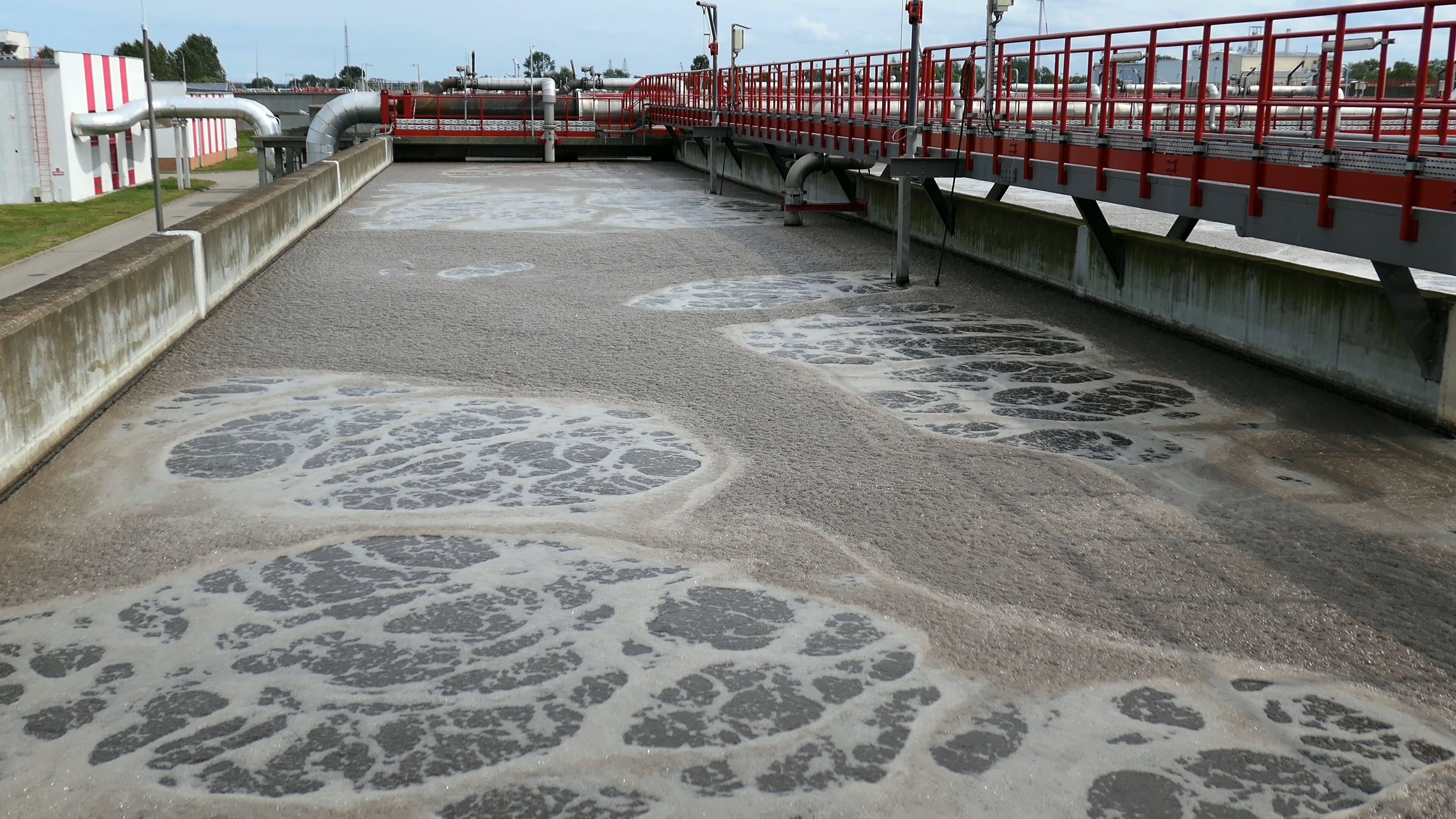
Scottish Water’s Nigg wastewater treatment plant, serving a population of 250,000, has significantly enhanced its operations by replacing its traditional lobe air blowers used for the critical aeration process in its biological air-flooded filter (BAFF). In this process, the blowers typically supply a flow of air from the bottom of the water tanks to “aerate�� and provide oxygen for the growth of organic bacteria used to treat the wastewater. This is a highly energy-consuming stage of water treatment, with intense maintenance needs and air leaks. Instead, new aeration technology was introduced, replacing roots blowers with more efficient screw blowers with modern variable speed drive (VSD). The integration of these blowers into the plant’s system has enabled better control and monitoring, ensuring reliable operation in addition to energy efficiency improvements. More specifically, the upgrading has led to fewer interrupted operations, reduced maintenance and up to 25 percent savings in energy costs, with potential for further savings through system optimization
Energy-producing water utilities in Aarhus, Denmark

Denmark’s second largest city, Aarhus, has become a leader in energy efficient water utilities. Several of the cities’ water treatment plants have become net energy producers instead of consumers. The Marselisborg water treatment plant, for instance, produces 50 percent more energy than it uses by operating as a form of biorefinery that makes use of energy in wastewater. Technologies adopted include an advanced SCADA
Solar-driven desalination of brackish water in Madagascar

Desalination technologies remove salt and impurities from sea water and brackish water, making it safe for drinking and irrigation. While the integration of renewable energy in desalination projects is yet to scale up, it is crucial for addressing the high energy consumption associated with desalination. Solar-driven desalination can be especially significant for small communities in the Global South, in areas where access to fresh water is limited and traditional desalination methods can be prohibitively expensive and energy-intensive. For example, a project implemented by the technology provider Elemental Water Makers brought solar desalination to a coastal community in Madagascar. This small desalination plant, complete with an 11 kW roof-top installation of solar panels, provides daily access to 15,000 liters of fresh water for the community
Technology solutions
Proven
Water/Energy efficiency: telemetry system for monitoring of pumps and water flow
African Horizon Technologies
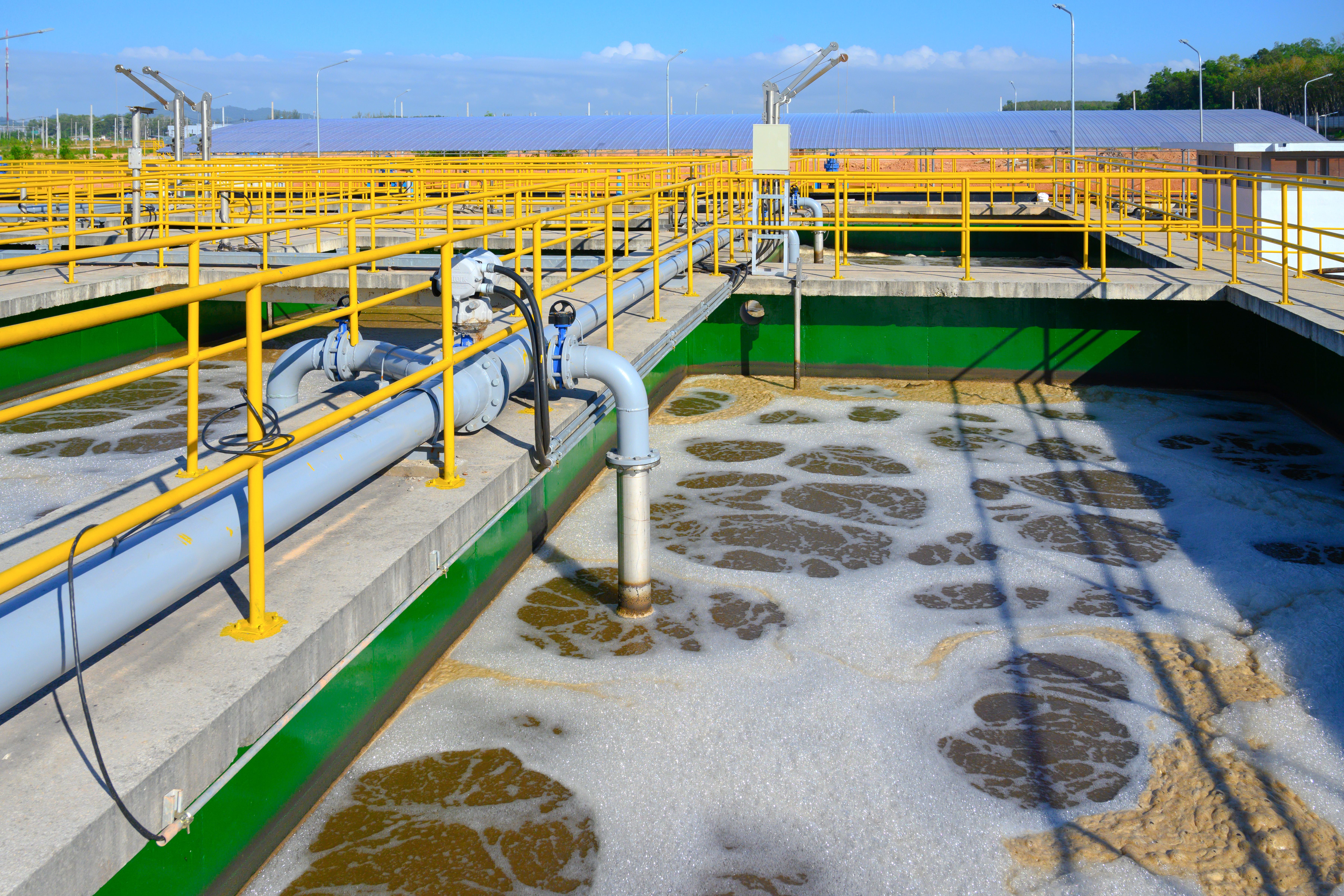
African Horizon Technologies has developed a telemetry system, InstraLink, for monitoring operations of various industrial processes, including water and wastewater treatment systems. The solution is multipurpose remote data collection hardware and software, which can be controlled via SMS or email. Data are stored in an online cloud and a digital dashboard displays the plant’s operational data, enabling utilities to optimize water flows and energy consumption.
Contracting type: For sale/service
Technology level: Medium
Country of origin: South Africa
Availability: Worldwide
Contact: WIPO GREEN Database
Water/Energy efficiency: advanced metering infrastructure
Kamstrup
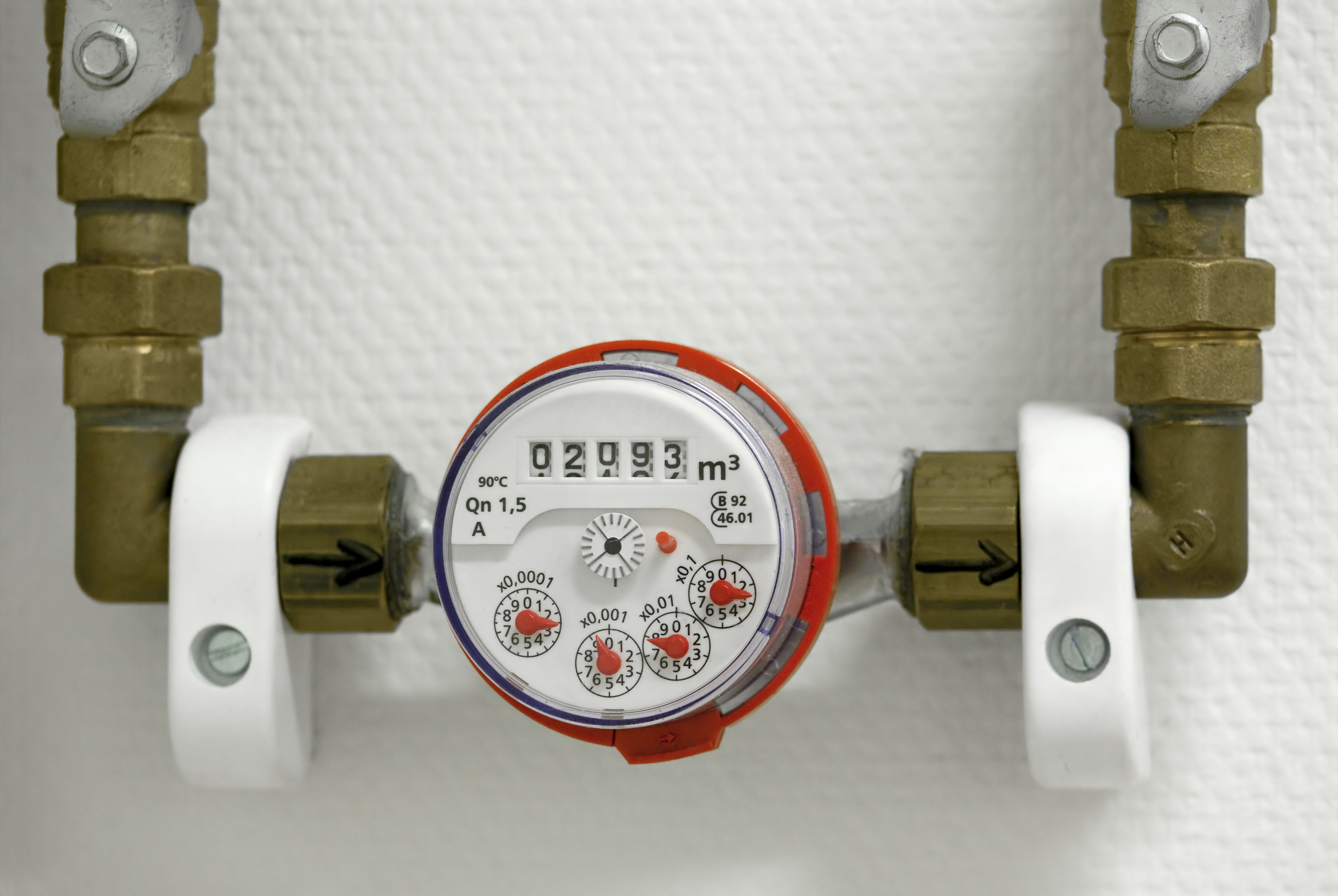
Kamstrup offers a range of digital water technologies that enable efficiency and energy savings for water utilities. The company’s advanced metering infrastructure (AMI) includes a collection of smart meters – the flowIQ® 2200, 3200, and 4200 series – which leverage ultrasonic technology for precise data collection. This enables utilities to gather near-real-time water consumption data for better decision-making on operational efficiency. The smart meters can be integrated with in-house software solutions like READy Manager and Leak Detector for more advanced water management such as automated leak detection.
Contracting type: For sale/service
Technology level: Medium
Country of origin: Denmark
Availability: Worldwide
Contact: WIPO GREEN Database
Energy supply: advanced anaerobic digester
Royal HaskoningDHV
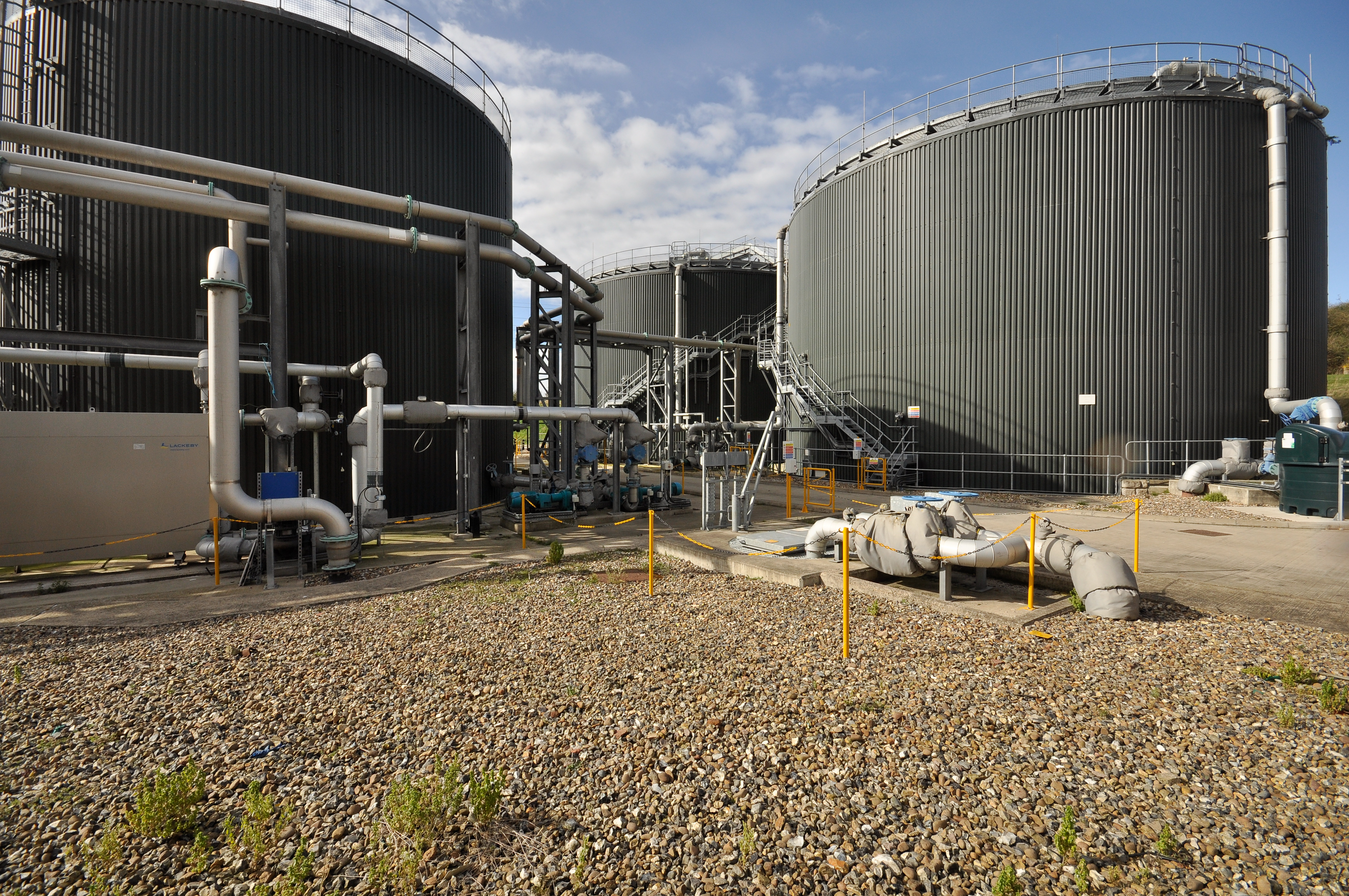
Many wastewater treatment plants generate energy through biogas production. Current practices involve capturing methane-containing biogas from anaerobic digestion (AD) of sludge, which can be used on-site or processed off-site. However, inefficiencies in digestion currently limit biogas yield. Helea® from Royal HaskoningDHV is an advanced AD technology that integrates heating, pasteurization and biological hydrolysis to improve sludge breakdown and biogas production. This technology enables wastewater treatment plants to achieve higher biogas yields, while enabling the production of high-quality biosolids for agricultural use as a by-product.
Contracting type: For sale
Technology level: Medium
Country of origin: The Netherlands
Availability: Worldwide
Contact: WIPO GREEN Database
Energy efficiency: screw blower and variable speed drive for energy-efficient aeration
Atlas Copco
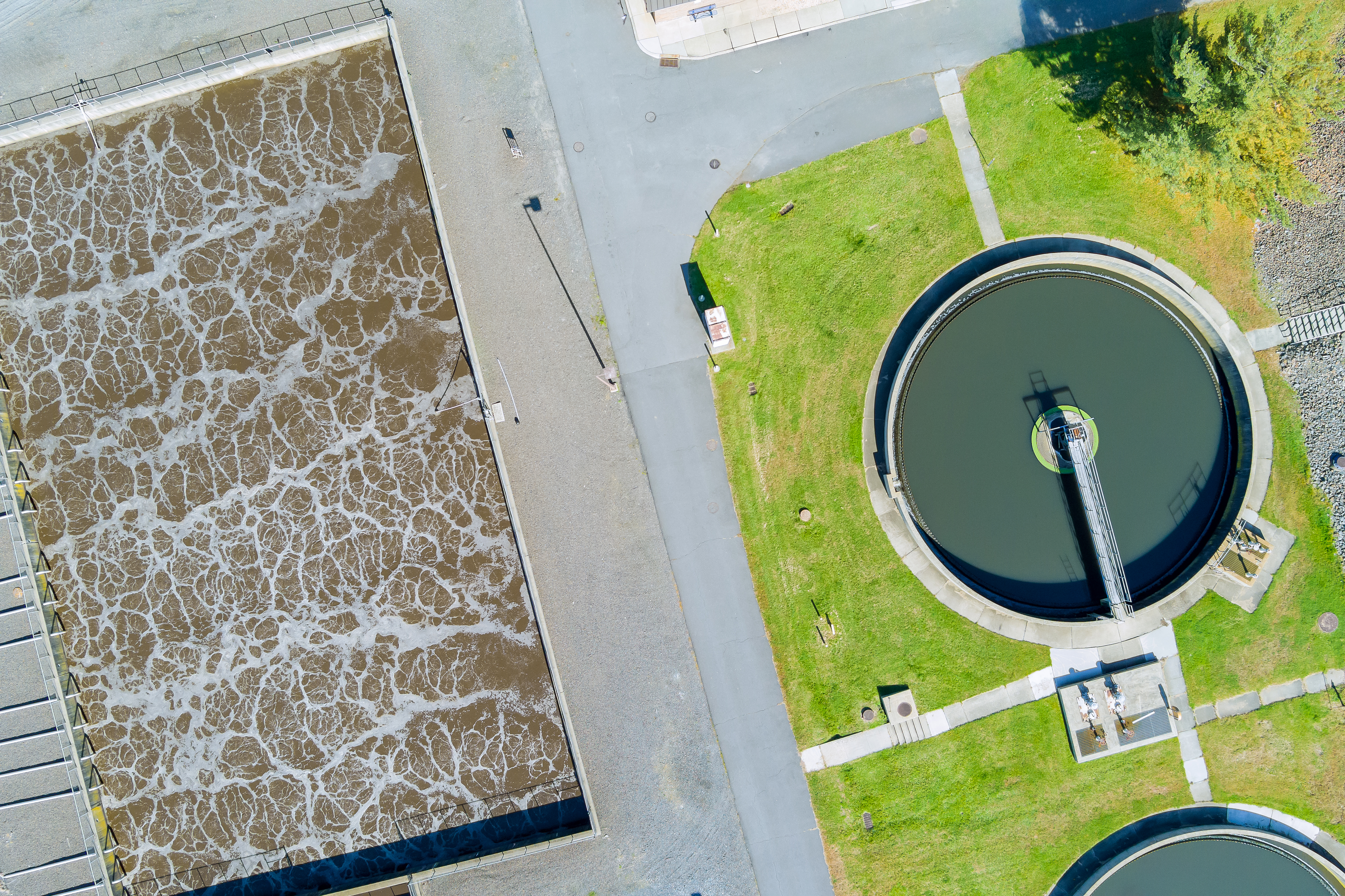
For wastewater treatment plants, air blowers to aerate the water can account for majority of electricity costs. In these plants, large amounts of air are needed to support bacteria that break down waste. Atlas Copco provides a series of more energy-efficient aeration blowers, through the ZS+ screw blower technology series. Estimated to be 30 percent more energy-efficient than traditional models, the screw blowers can also be integrated with a variable speed drive for further efficiency gains. This version varies the speed of the drive motor to meet the air demand, consuming only the necessary energy. In addition, Atlas Copco’s Elektronikon® system can be used as an operating system to control the blower’s speed and monitor system performance.
Contracting type: For sale
Technology level: Medium
Country of origin: Sweden
Availability: Worldwide
Contact: WIPO GREEN Database
Water/Energy efficiency: network information system (NIS) for water utilities
Keypro
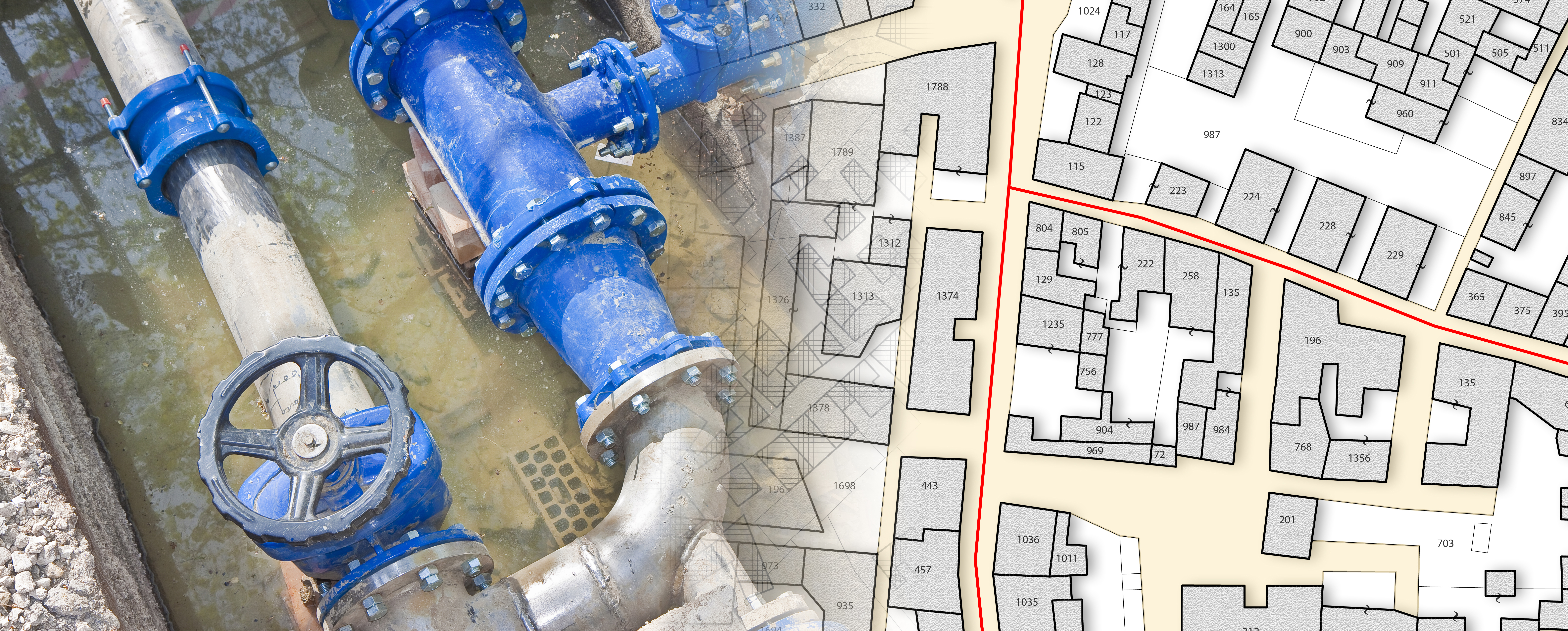
KeyAqua is a cloud-based NIS designed for managing water supply, sewer and stormwater networks. This integrated system allows authorized personnel and contractors to collaborate on network data in a unified platform. KeyAqua facilitates asset management, network behavior analysis, maintenance planning and customer communication. It features tools for data visualization, hydraulic modeling and risk assessments. By connecting to remote meters, IoT sensors and automation systems, water utilities can receive real-time data to improve resource allocation and response times.
Contracting type: For service
Technology level: Medium
Country of origin: Finland
Availability: Worldwide
Contact: WIPO GREEN Database
Energy efficiency: submersible aeration mixer for water treatment plants
Landia
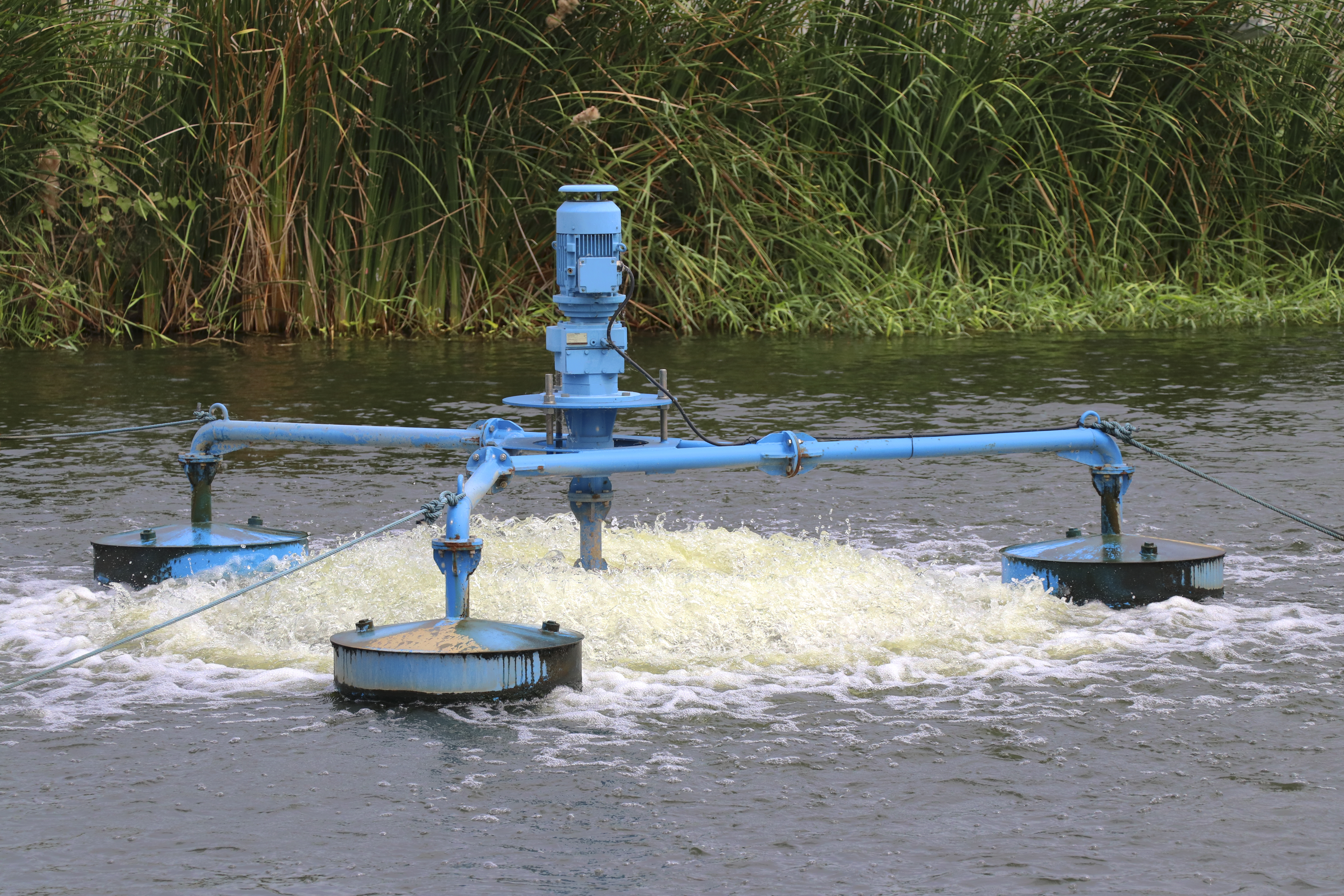
Submersible mixers for mixing and creation of flow in large water volumes can help water utilities save energy. Unlike surface mixers, they don’t need to transfer energy through long shafts or surface layers, which can dissipate energy. Landia’s POPL-I is a low-speed mixer with adjustable propeller blades, making it possible to further adjust the energy consumption by changing the blade angle.
Contracting type: For sale
Technology level: Medium
Country of origin: Denmark
Availability: Worldwide
Contact: WIPO GREEN Database
Water/Energy efficiency: Epanet2: software to model hydraulic behavior of water distribution pipes
US EPA
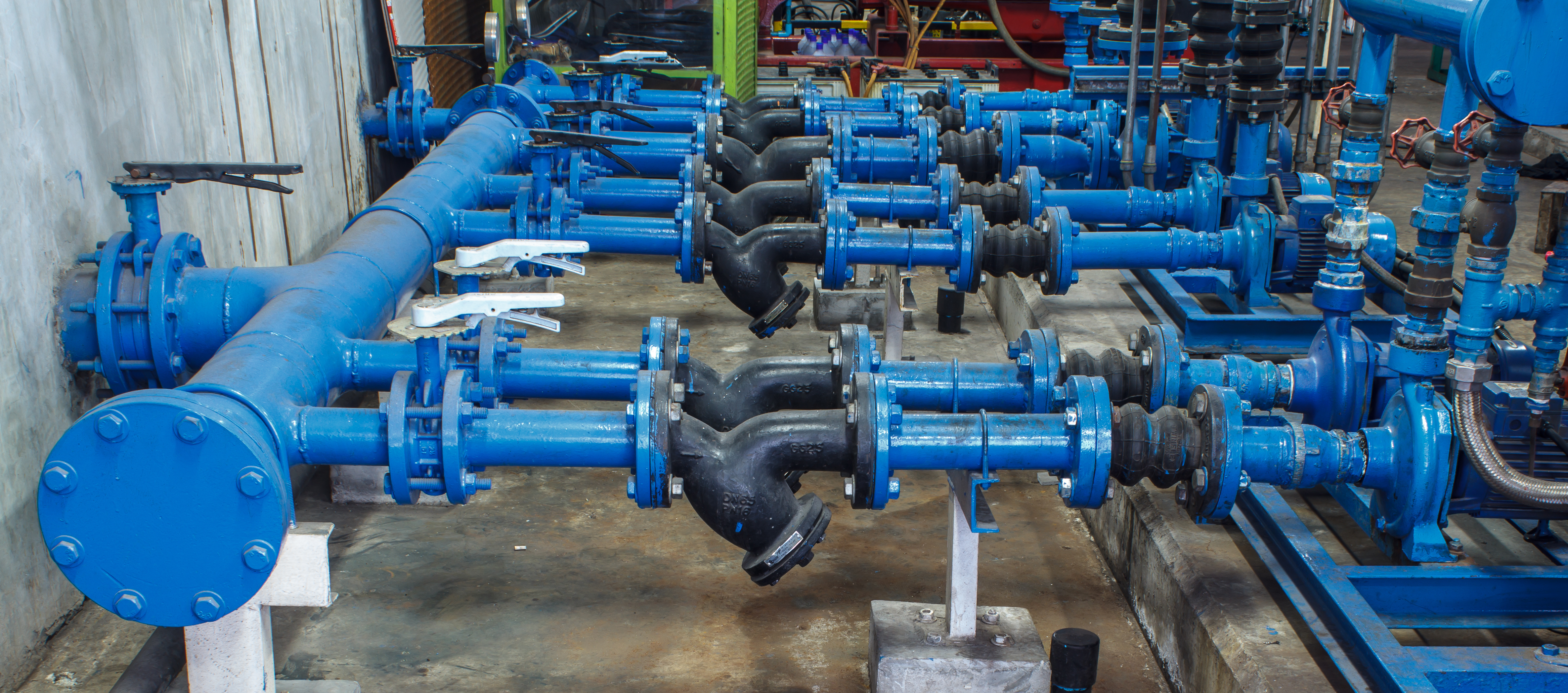
EPANET 2 is a globally adopted software application designed to model water distribution systems. Developed to understand the movement and fate of drinking water constituents within these systems, EPANET 2 is utilized for various distribution system analyses. Engineers and consultants rely on it to design and size new water infrastructure, retrofit aging systems, and optimize the operations of tanks and pumps. The software helps reduce energy usage, investigate water quality issues, and prepare for emergencies. Additionally, EPANET 2 can model contamination threats and assess resilience to security threats or natural disasters.
Contracting type: Free
Technology level: Medium
Country of origin: United States
Availability: Worldwide
Contact: WIPO GREEN Database
Water/Energy efficiency: smart wastewater pump
Xylem
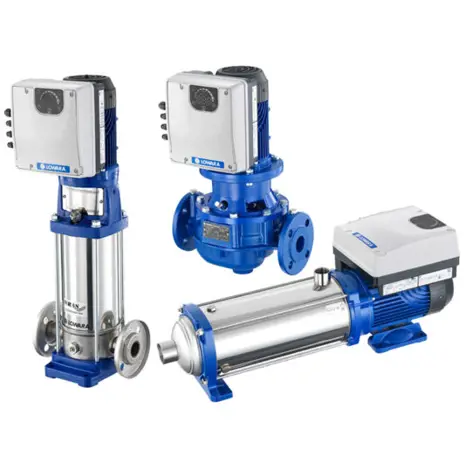
Xylem’s Lowara smart pump series are connected via IoT technology to allow water utilities control constant pressure, temperature and flow of water. The system makes it possible to operate single, twin or multi-pump systems which can communicate with other building systems in real time. The pump meets the standard for the highly efficient IE5 motor and is claimed to enable energy savings of 70 percent compared to a conventional pump. Includes edge computing capabilities with built-in intelligence which allows the pumps to operate at optimal energy saving conditions.
Contracting type: For sale
Technology level: Medium
Country of origin: United States
Availability: Worldwide
Contact: WIPO GREEN Database
Energy efficiency: smart pump with variable speed drive
KSB
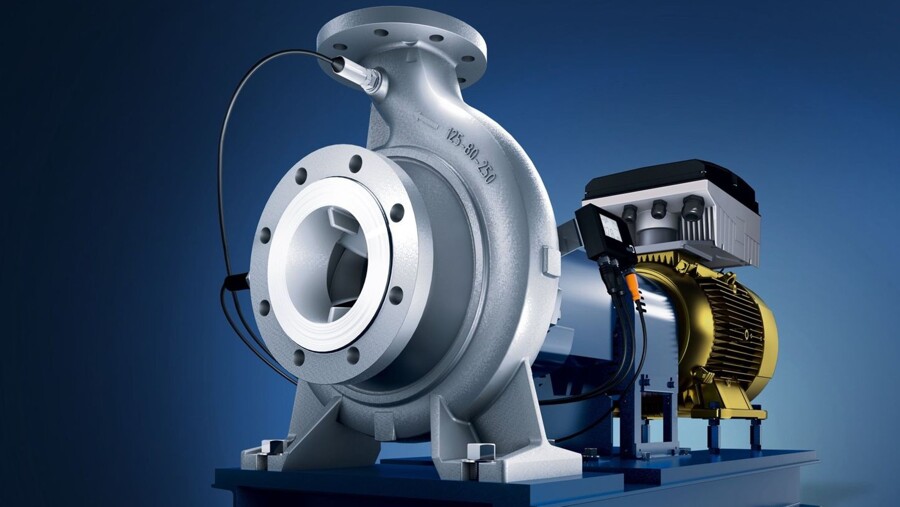
The PumpDrive is German company KSB’s flagship variable speed system. The variable speed system continuously monitors water flow rate at water treatment plants and adjusts the pump speed in order to match it with the actual demand and system requirements. Such demand-driven operation is said to save up to 60 percent of energy. With a built-in wireless module, the pump can be monitored and controlled using a smartphone as a remote control. To enable further energy savings, the drive can be combined with the PumpMeter monitoring unit and KSB’s efficient magnet-less pump motor.
Contracting type: For sale
Technology level: Medium
Country of origin: Germany
Availability: Worldwide
Contact: WIPO GREEN Database
Energy efficiency: high-efficiency motors for water utilities
ABB
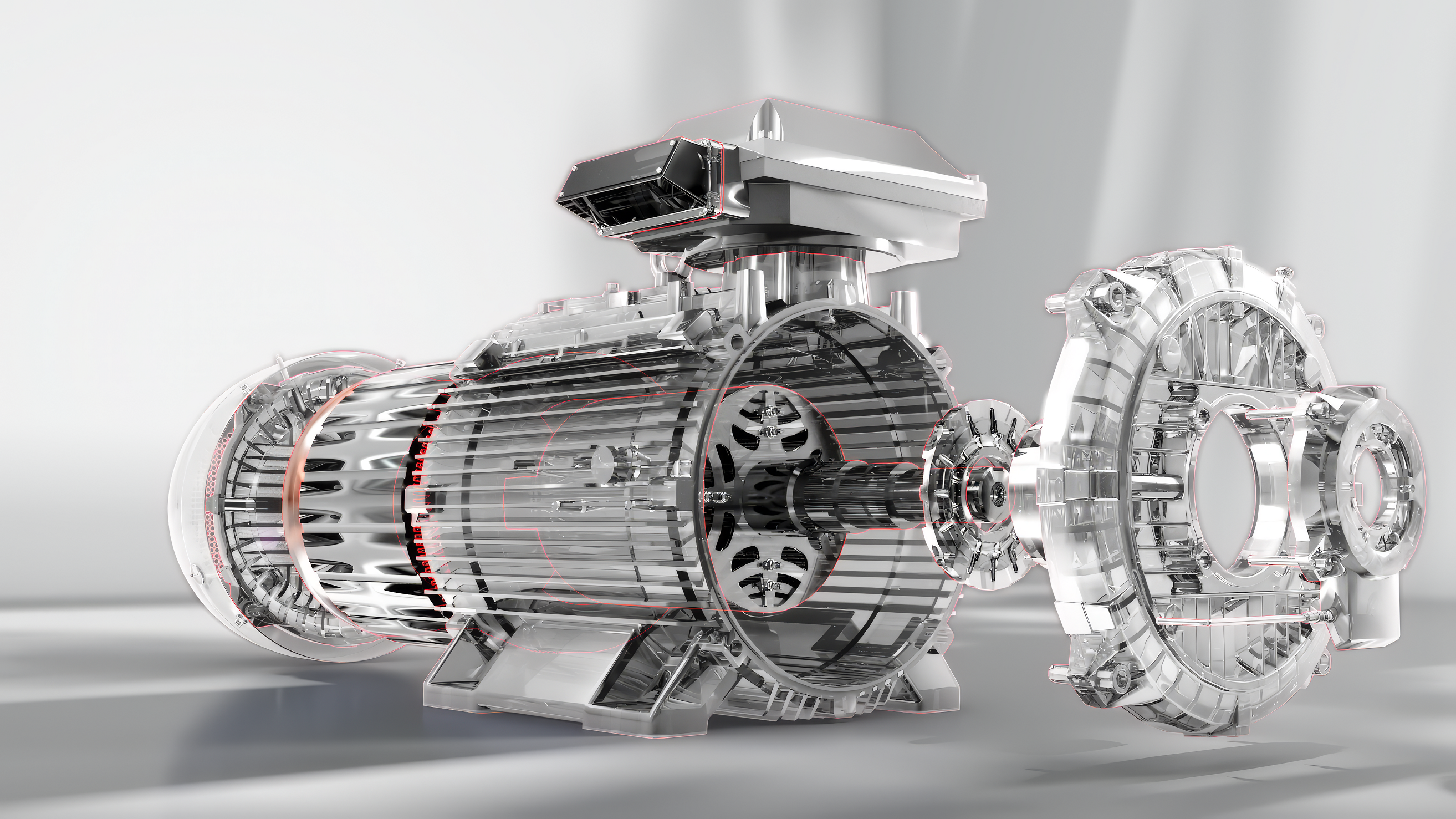
The global demand for electricity necessitates significant advancements and scaling of efficient motors. ABB has developed a new generation of efficient motors – IE5 synchronous reluctance motors (SynRMs). SynRMs leverage advanced variable-speed drive (VSD) control, offering significant improvements in energy efficiency, reliability and maintenance over traditional induction motors (IMs). Notably, SynRMs do not rely on rare-earth materials and exhibit minimal power losses. ABB’s IE5 SynRMs, launched in 2019, feature ultra-premium efficiency as defined by the International Electrotechnical Commission (IEC) and claim up to 50 percent lower energy losses compared to IE2 motors. The technology’s compatibility with existing systems facilitates easy upgrades and broader adoption.
Contracting type: For sale
Technology level: High
Country of origin: Sweden & Switzerland
Availability: Worldwide
Contact: WIPO GREEN Database
Frontier
Water/Energy efficiency: 5G for smart water grids
Ericsson
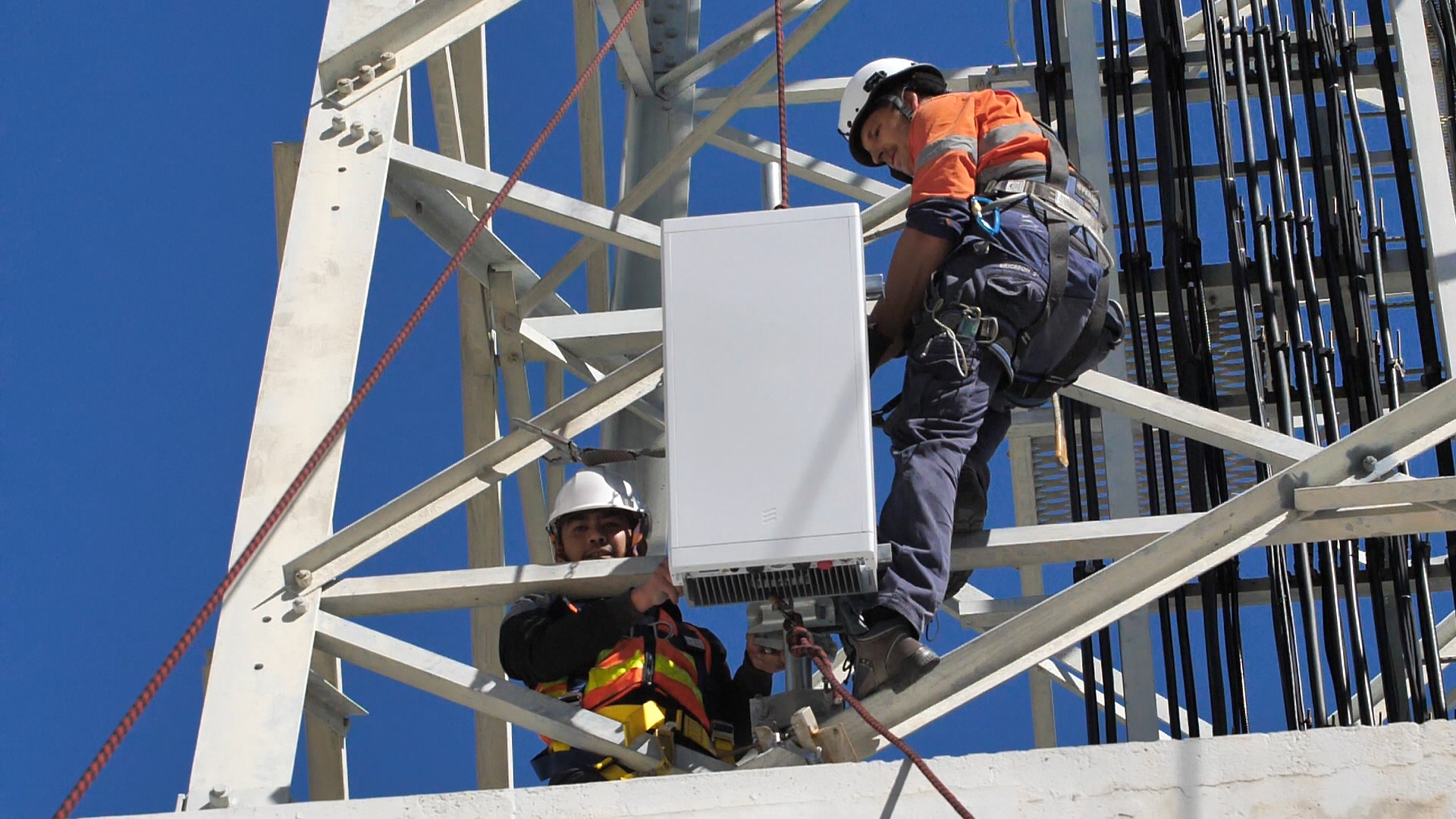
5G and IoT-based solutions can significantly enhance water utilities’ ability to monitor, manage and monetize water distribution. Traditionally managed by SCADA systems – a common control system – the centralized setup of pumping stations, treatment plants and reservoirs often lack comprehensive monitoring of the distribution network. This leads to undetected issues like water leaks. Implementing 5G and IoT enables a two-way monitoring and management system across the water distribution network, improving water loss prevention and efficiency. IoT devices, such as sensors and actuators, collect real-time data on water pressure and temperature, allowing for immediate response to abnormalities.
Contracting type: For service
Technology level: High
Country of origin: Sweden
Availability: Worldwide
Contact: WIPO GREEN Database
Energy efficiency: energy-efficient reverse osmosis water treatment
Aquaporin
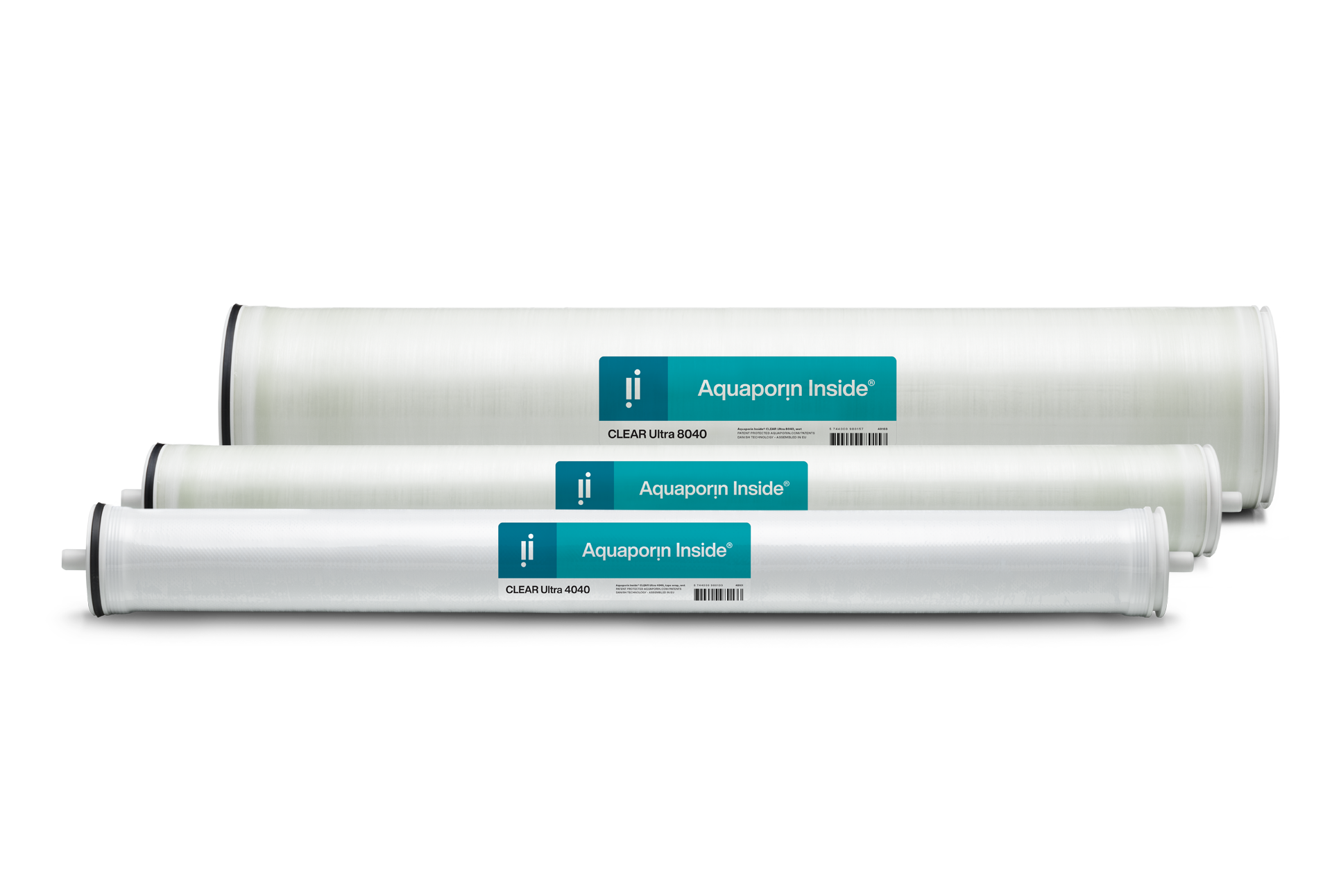
Aquaporin Inside® CLEAR series membranes are an innovative municipal wastewater treatment solution which is claimed to reduce energy consumption by 30 percent. Leveraging biomimicry and advanced membrane chemistry, the membranes utilize aquaporin proteins, which are highly efficient and selective water channels found in all living cells. This natural efficiency surpasses traditional synthetic membranes, enabling faster and more selective water filtration. The membranes are available in flat sheet or hollow fiber forms for both forward and reverse osmosis applications for use in municipal wastewater recycling operations.
Contracting type: For sale
Technology level: High
Country of origin: Denmark
Availability: Worldwide
Contact: WIPO GREEN Database
Energy supply: solar-based sludge drying for water utilities
Huber Technology
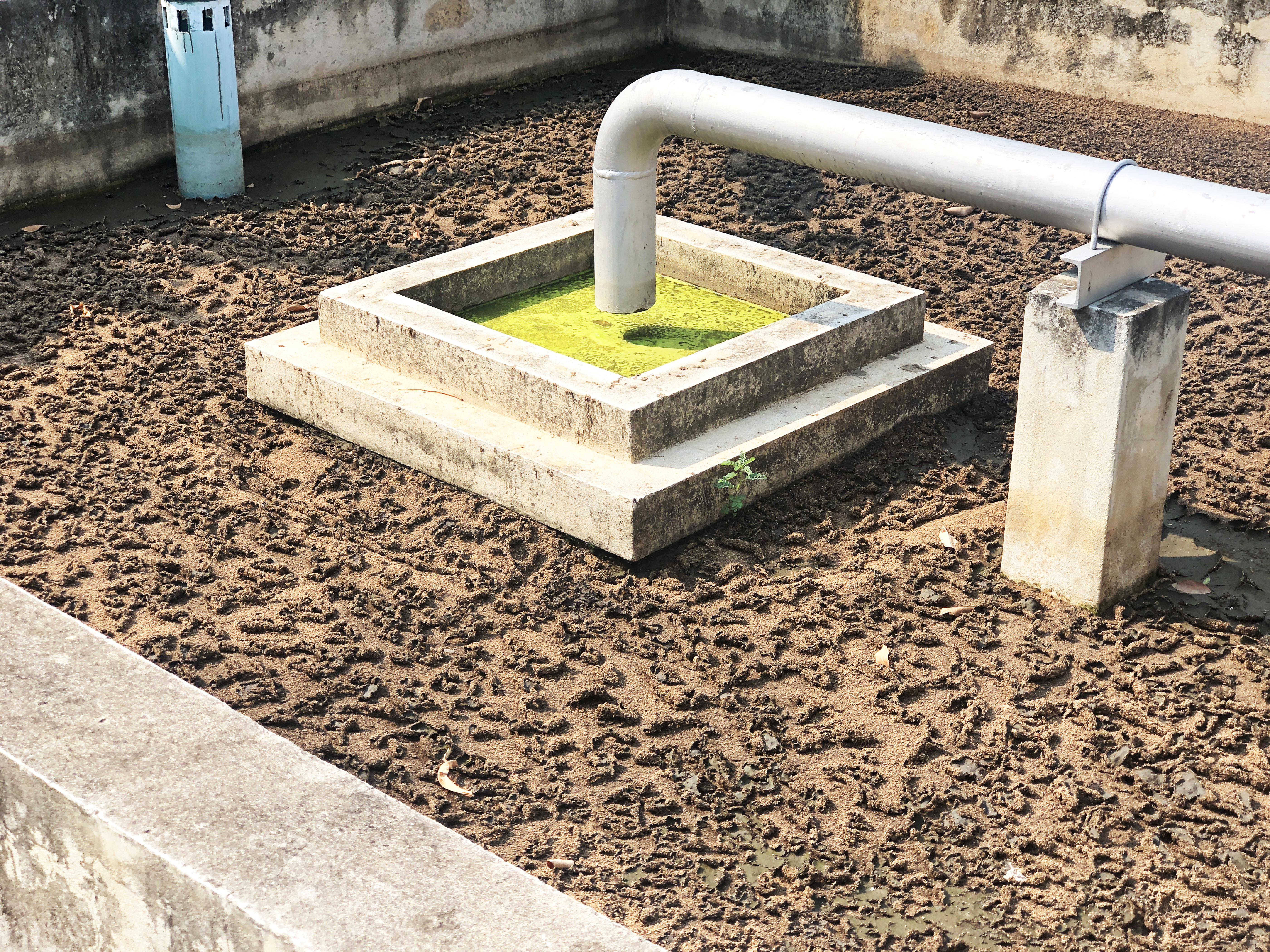
Sludge, an organic by-product of wastewater treatment plants, may be dried to facilitate future handling, and reduce pathogen contents and odors. This is an energy-intensive process, which the SOLSTICE® sludge turner from HUBER uses solar energy to fuel. In the automated process, sludge is dried completely (90 percent) in hot environments or in summertime, while 50 to 75 percent drying may be achieved in spring or autumn. The technology can be used in temperate climate zones all year round. It operates in a greenhouse structure featuring the sludge turning machine, fans and sensors which optimize ventilation, air humidity and temperature with respect to local weather conditions. The product is a pea-sized granulate that may be used in agricultural or waste-to-energy applications.
Contracting type: For sale
Technology level: Medium
Country of origin: Germany
Availability: Worldwide
Contact: WIPO GREEN Database
Energy efficiency: membrane aerated biofilm reactor (MABR)
OxyMem
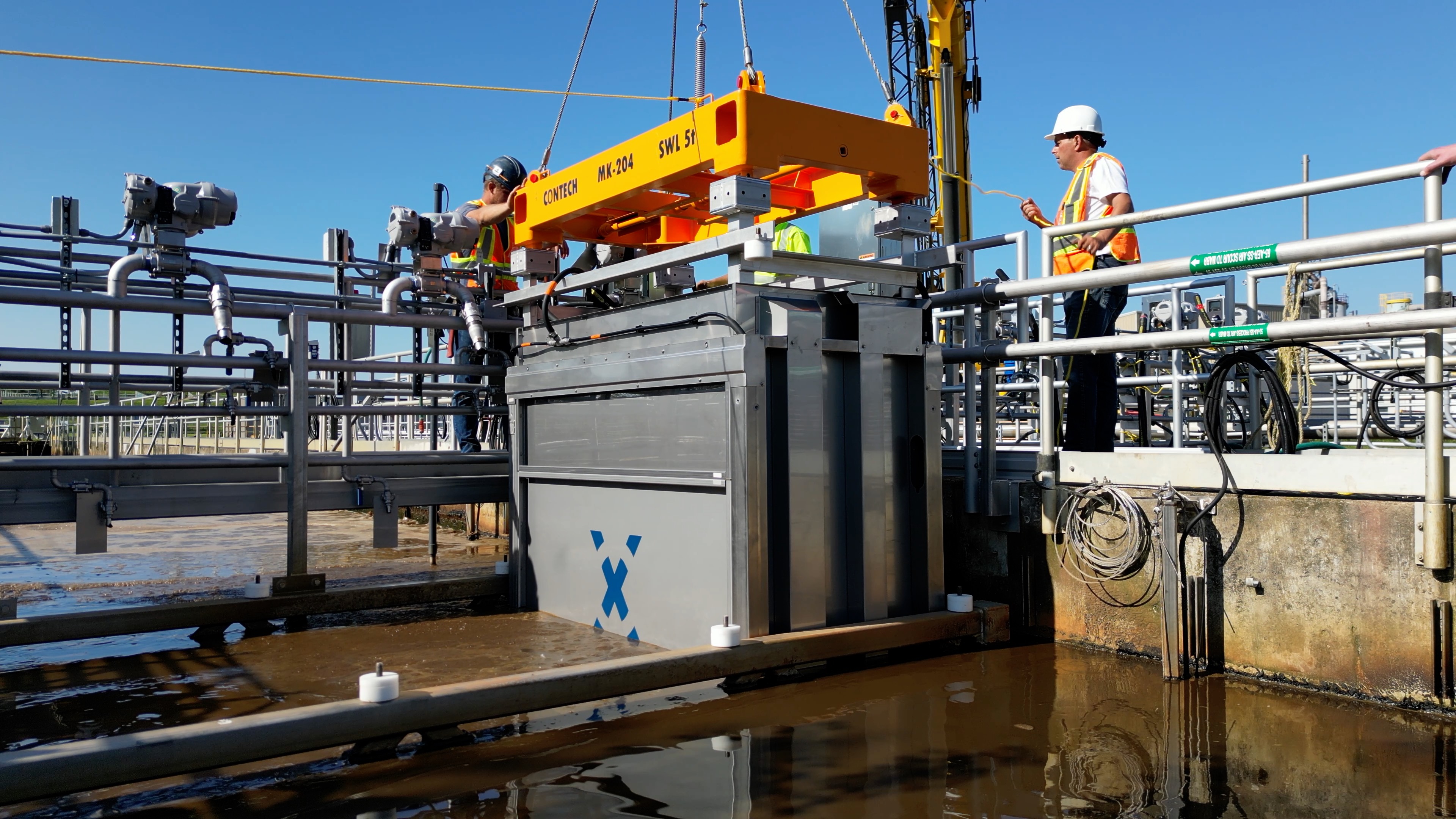
Wastewater treatment may involve either suspended or membrane-attached microorganisms in its biological treatment steps, which are used to decompose and remove pollutants. OxyMem’s MABR enables the latter by providing a porous habitat for biofilm growth. The modular design allows existing treatment plants to be retrofitted to the desired degree, as the drop-in unit can be employed in one or several phases of treatment. OxyMem’s patented biofilm thickness control automatically ensures optimal removal of carbon- and nitrous pollutants in the final effluent. The technology has been shown to deliver its full capacity for at least seven years without maintenance interventions in municipal wastewater treatment, with an expected lifespan of 20 years. It can reduce energy demand in aeration by up to 75 percent, while also reducing sludge volumes and increasing the biological treatment capacity of a tank by up to 50 percent.
Contracting type: For sale
Technology level: High
Country of origin: Ireland
Availability: Worldwide
Contact: WIPO GREEN Database
Water/Energy efficiency: data-as-a-service control platform for water utilities
Dryp
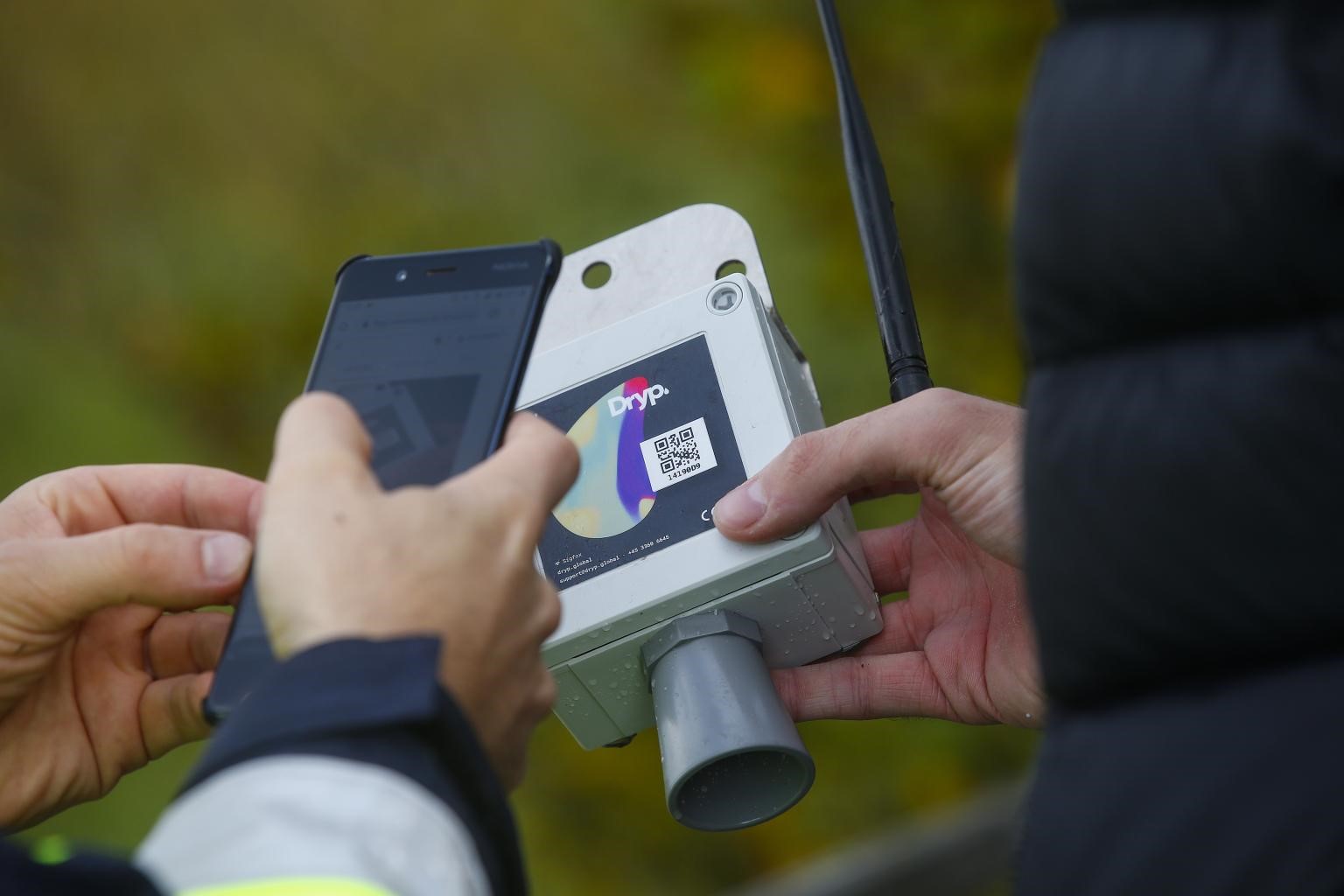
Dryp has developed plug-and-play gateways and sensors for more resource-efficient water management. The technology can be used in urban water networks to detect leaks or flood risks; in stormwater management and hydraulic modelling; and in monitoring the quality, flow patterns and biodiversity in natural water bodies. Its application can help prevent costly water losses or flood damages and mitigate negative impacts on aquatic ecosystems. These gateways and sensors are designed to be compatible with a wide variety of existing infrastructure, such as older sensor models, and can operate in both wired and wireless networks.
Contracting type: For sale
Technology level: Medium
Country of origin: Denmark
Availability: Worldwide
Contact: WIPO GREEN Database
Horizon
Water/Energy efficiency: AI-based leak prediction technology
Sensat
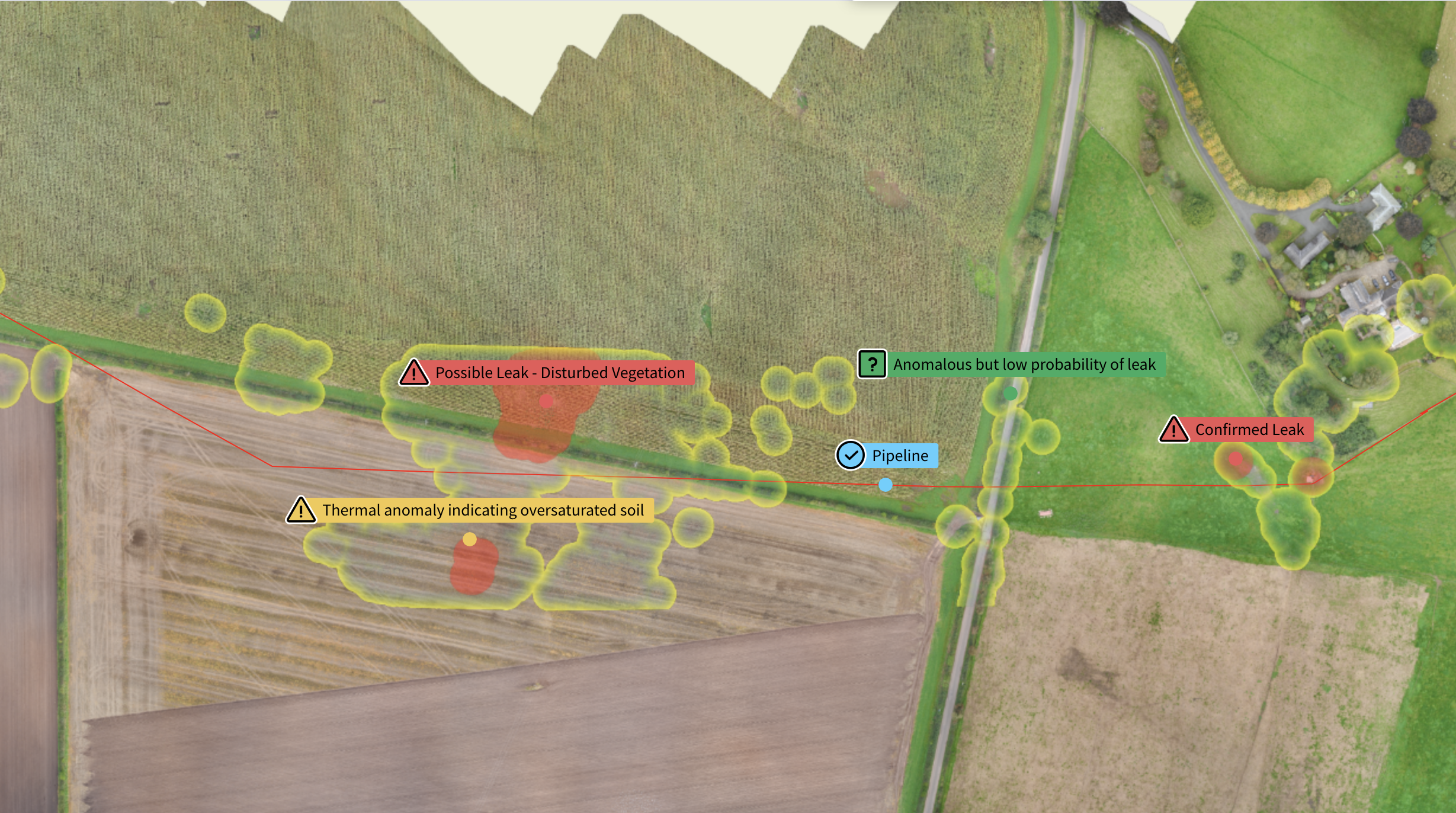
When leaks occur in water distribution pipes, more water needs to be pumped and treated to compensate for the loss, leading to more energy consumption. Sensat is a software company that helps industries visualize their data using AI-based algorithms. In 2021, Sensat and United Utilities piloted an AI-based water leak detection service to help water utilities predict leaks before they occur. Utilizing unmanned aerial vehicle (UAV) technology, thermal data are mapped and combined with high-resolution photogrammetry to gather and visualize data.
Contracting type: Under development
Technology level: High
Country of origin: United Kingdom
Availability: United Kingdom
Contact: WIPO GREEN Database
Energy recovery: in-pipe turbine recovering energy from fast-moving water
InPipe Energy
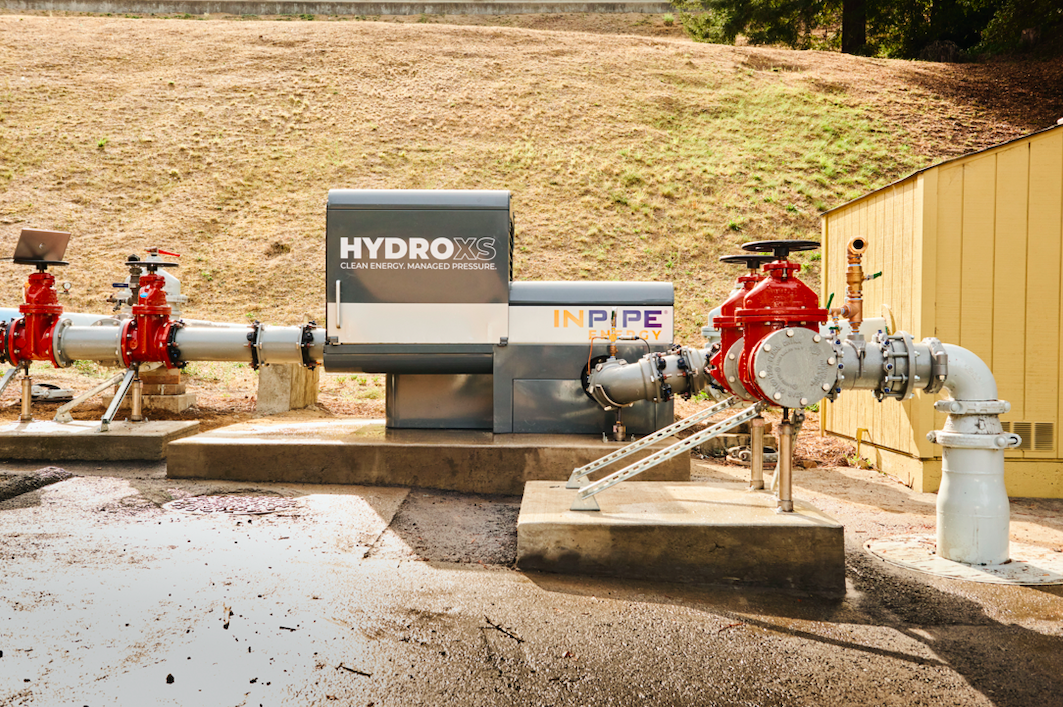
The InPipe HydroXS energy recovery system is a form of micro-hydro solution for wastewater plants and water distribution systems. Designed as an in-pipe turbine that generates electricity from fast-moving water with a differential pressure inside water pipelines. The innovation targets municipal water and wastewater treatment plants. This small-scale hydropower system is mounted inside one section of a pipe which can be installed directly into the water transmission pipeline. The modules are standardized and turnkey and can be easily installed in a series.
Contracting type: For sale
Technology level: Medium
Country of origin: United States
Availability: United States
Contact: WIPO GREEN Database
Water/Energy efficiency: digital twins for water utilities
DHI
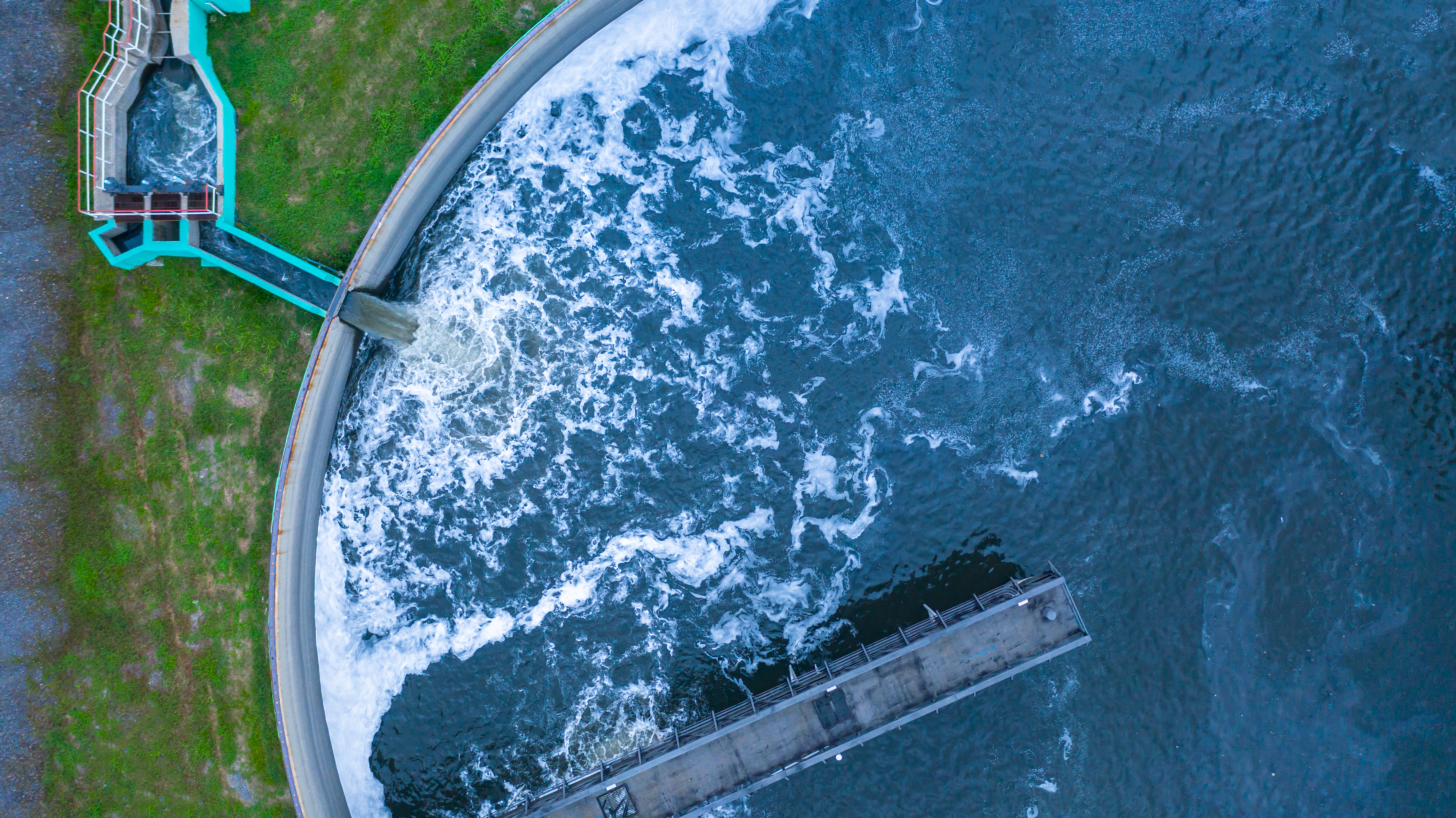
DHI provides digital twins for physical water systems, such as water distribution networks and treatment plants. Examples include MIKE+, Future City Flow, TwinPlant, and the Leakage Monitor. These are integrated automation and/or system modelling platforms that provide for instance automated reports for water and sewage pipe networks of entire cities or treatment plants. They combine physical data with model-derived data, allowing managers to monitor and prevent leakages or flood risks, ensure a stable inflow to treatment plants, and plan according to targets and weather forecasts using scenario modeling. This can optimize the energy consumption of the water utility system, thereby lowering both costs and GHG emissions.
Contracting type: For sale
Technology level: High
Country of origin: Denmark
Availability: Worldwide
Contact: WIPO GREEN Database
Water/Energy efficiency: digital twin for water treatment plants
Ainwater
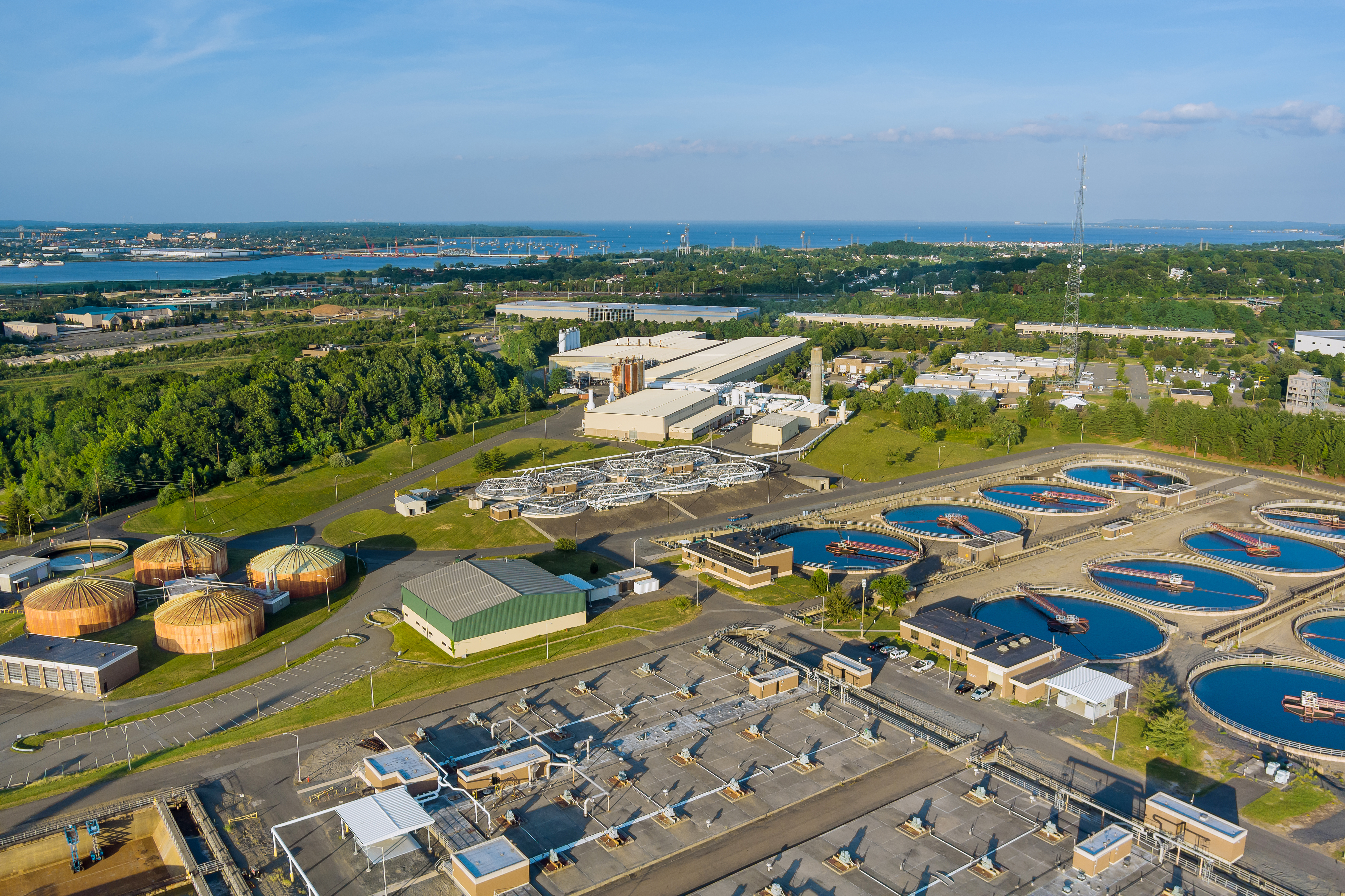
Chilean company Ainwater leverages AI and machine learning to optimize operations and efficiency at water treatment plants, saving up to 30 percent in energy costs. With a focus on digital twin technology, the company provides an online tool that helps simulate plant processes, trigger predictive alerts and monitor various control parameters through a simple centralized dashboard.
Contracting type: For service
Technology level: High
Country of origin: Chile
Availability: Chile, Mexico, Brazil
Contact: WIPO GREEN Database
